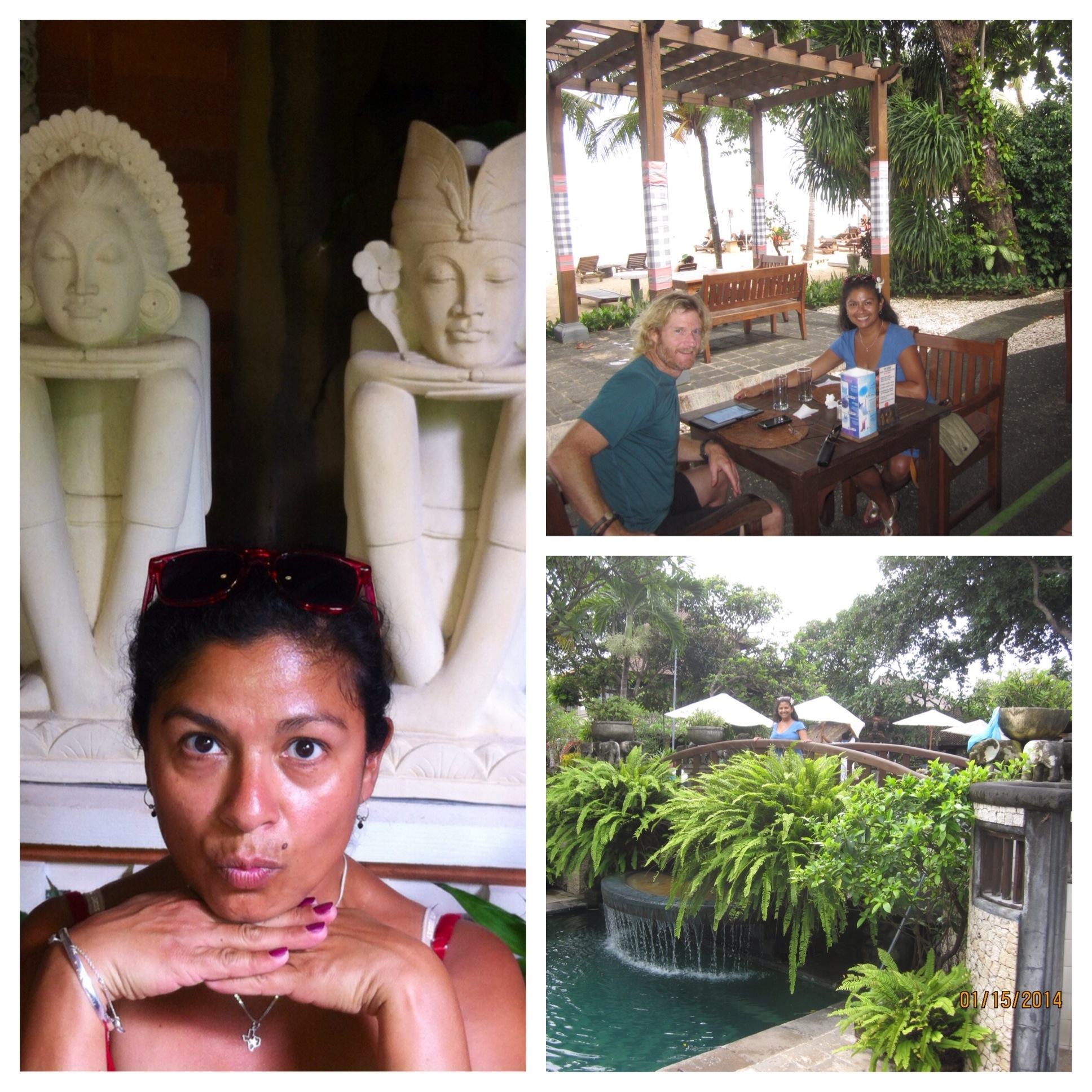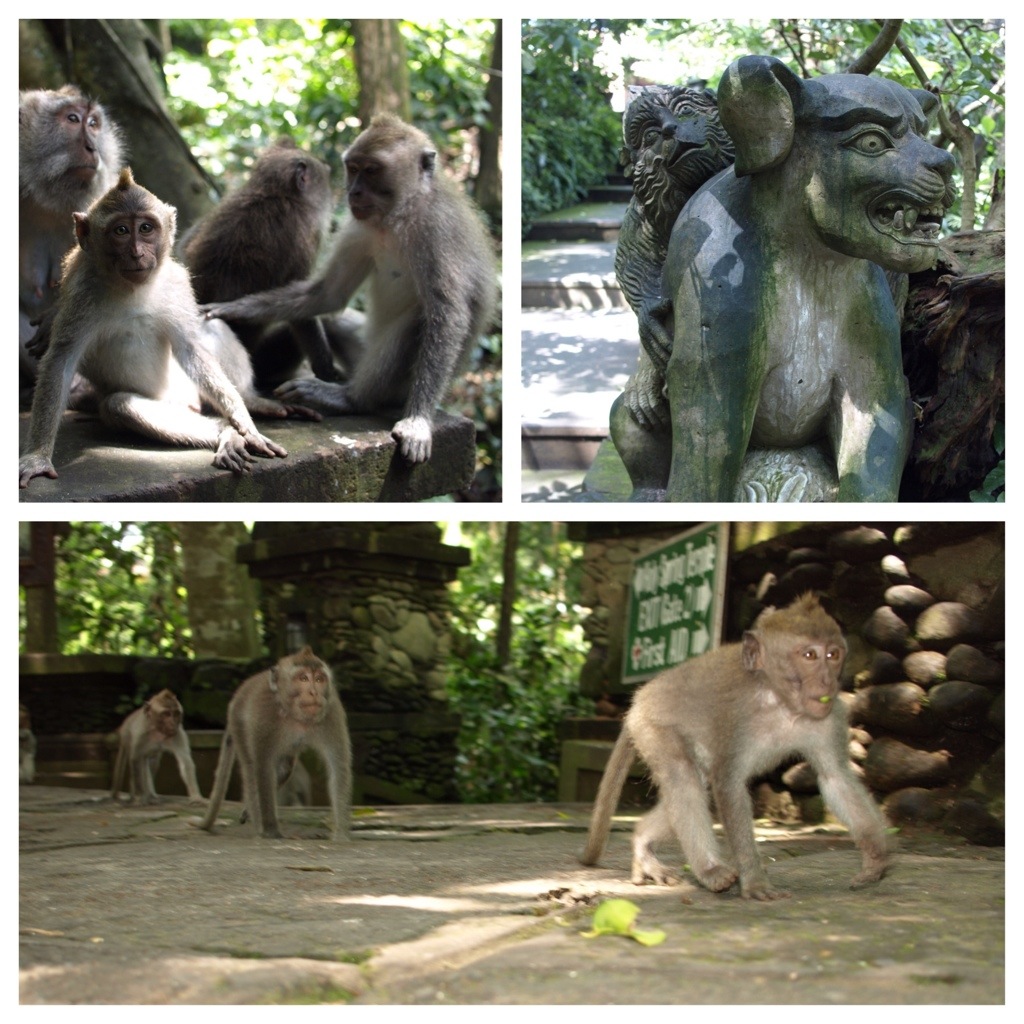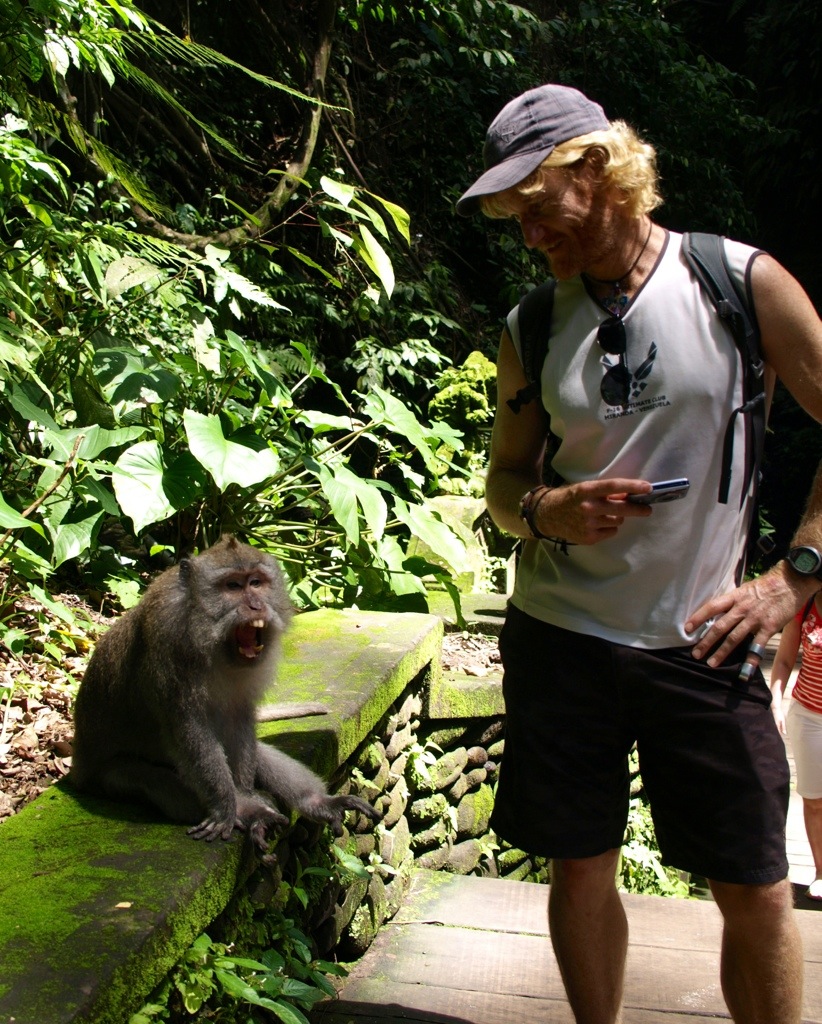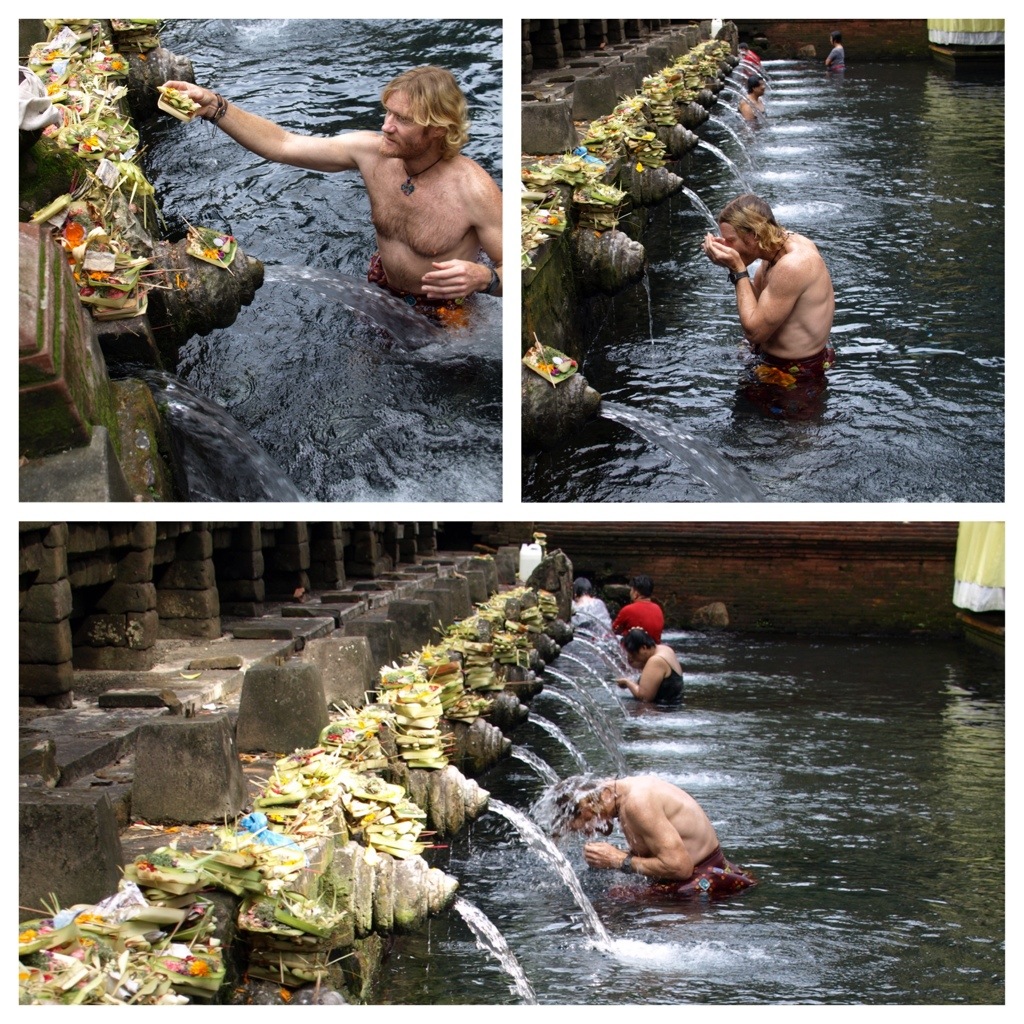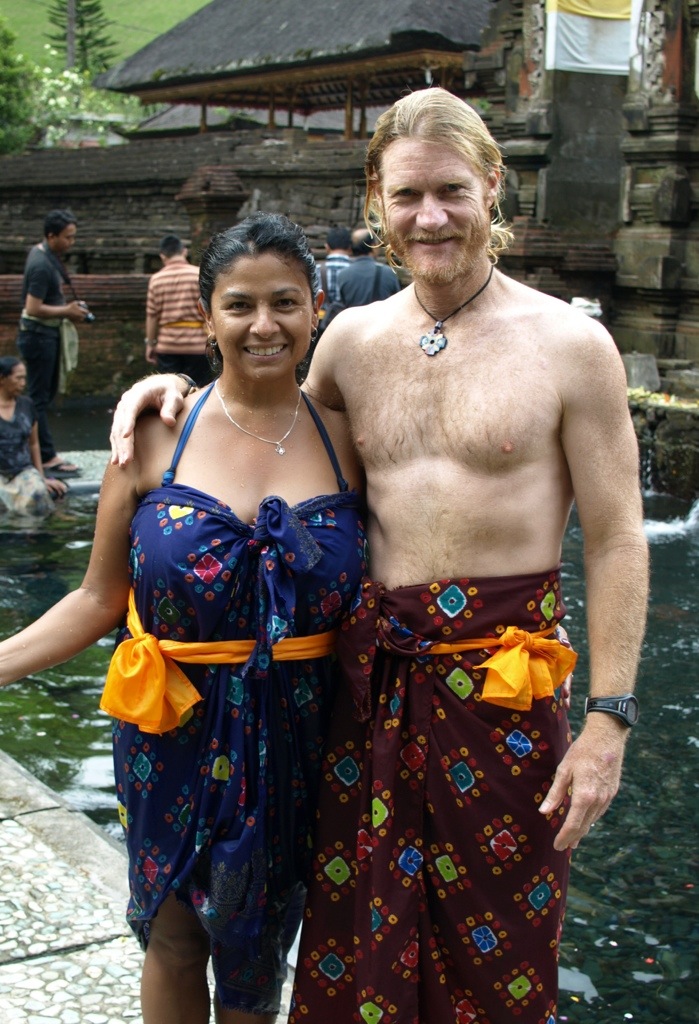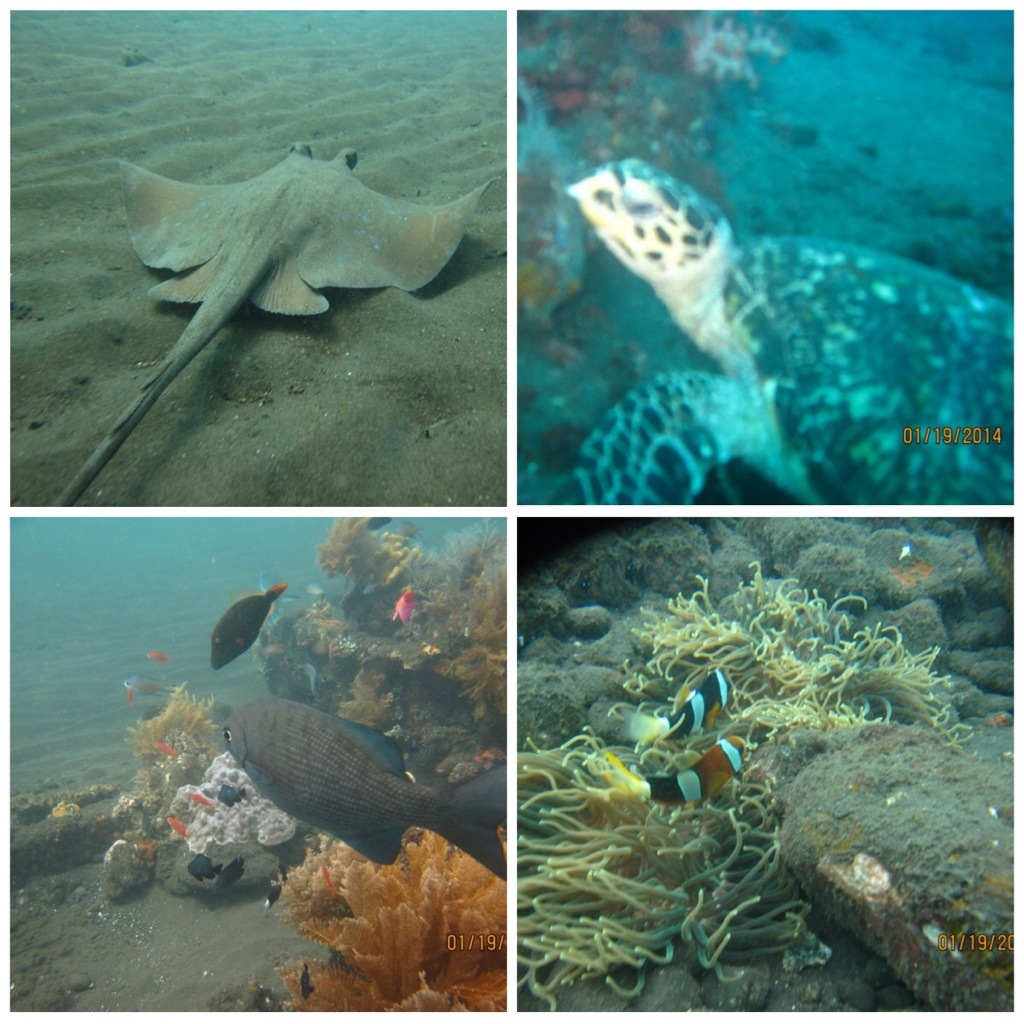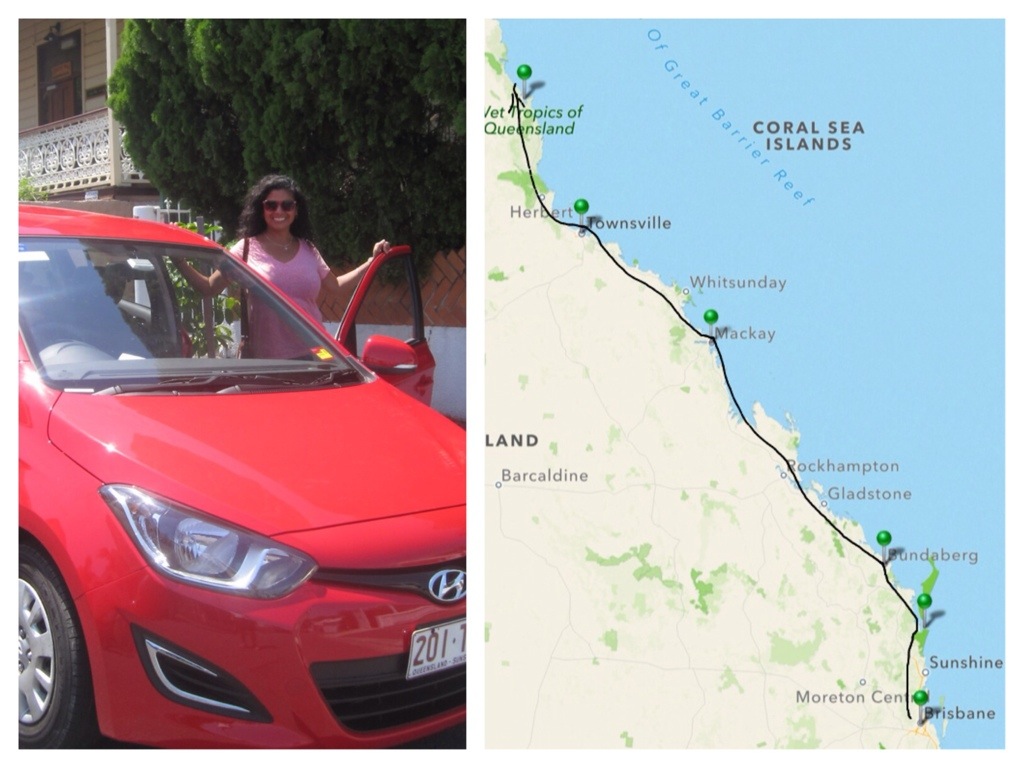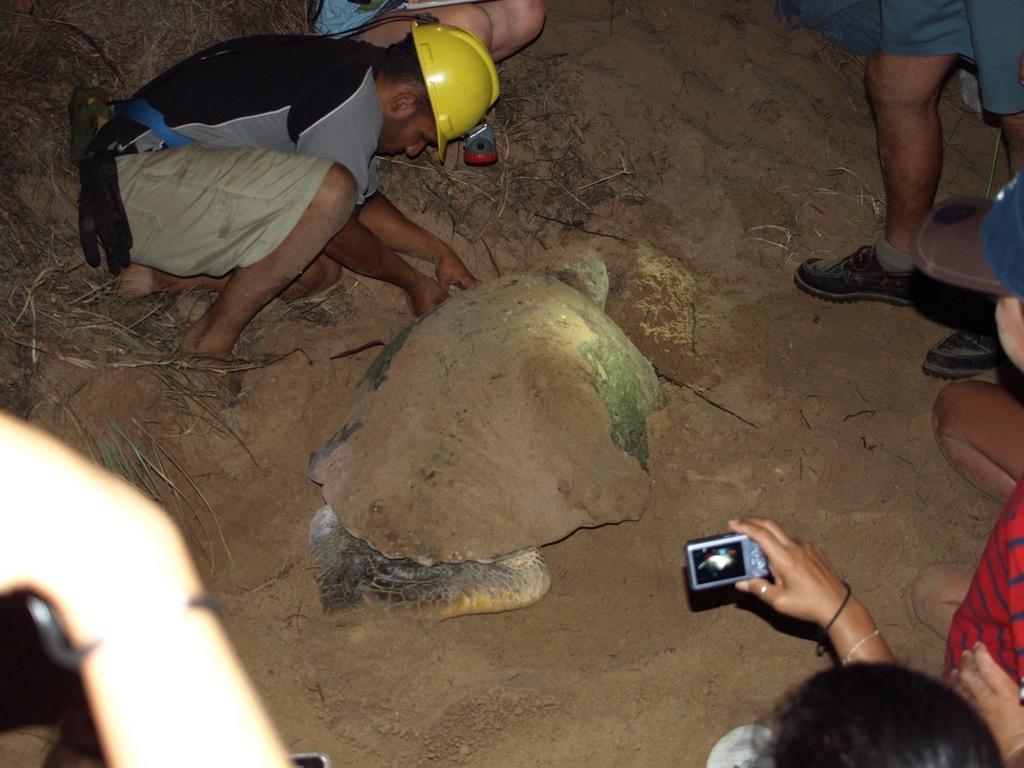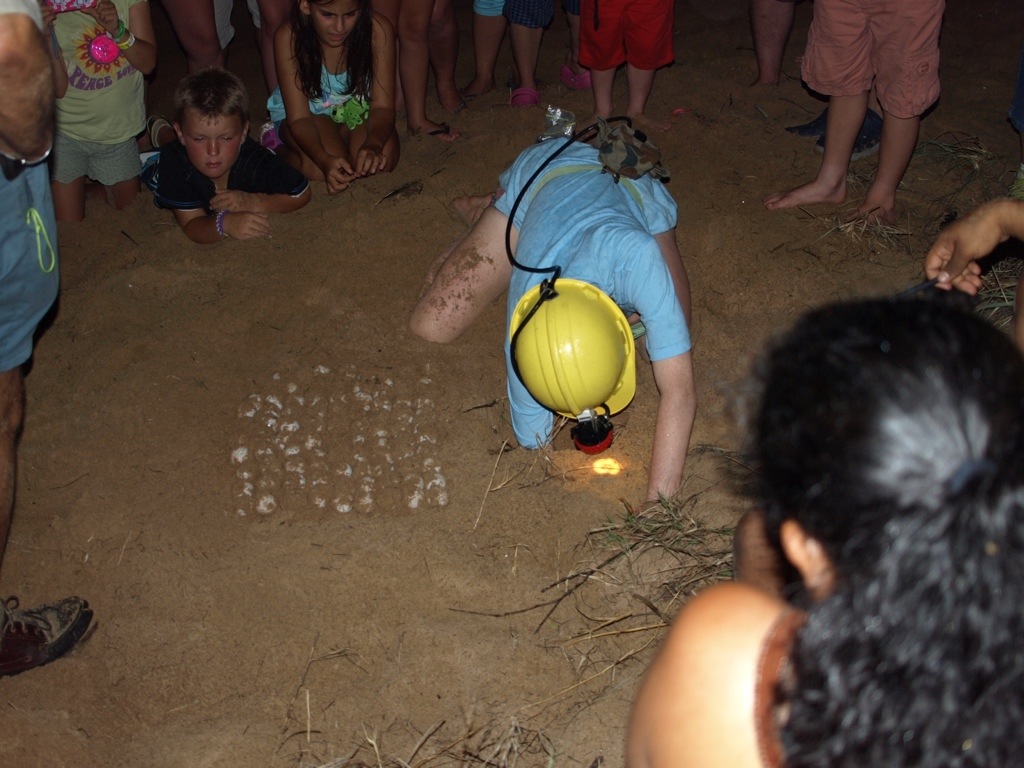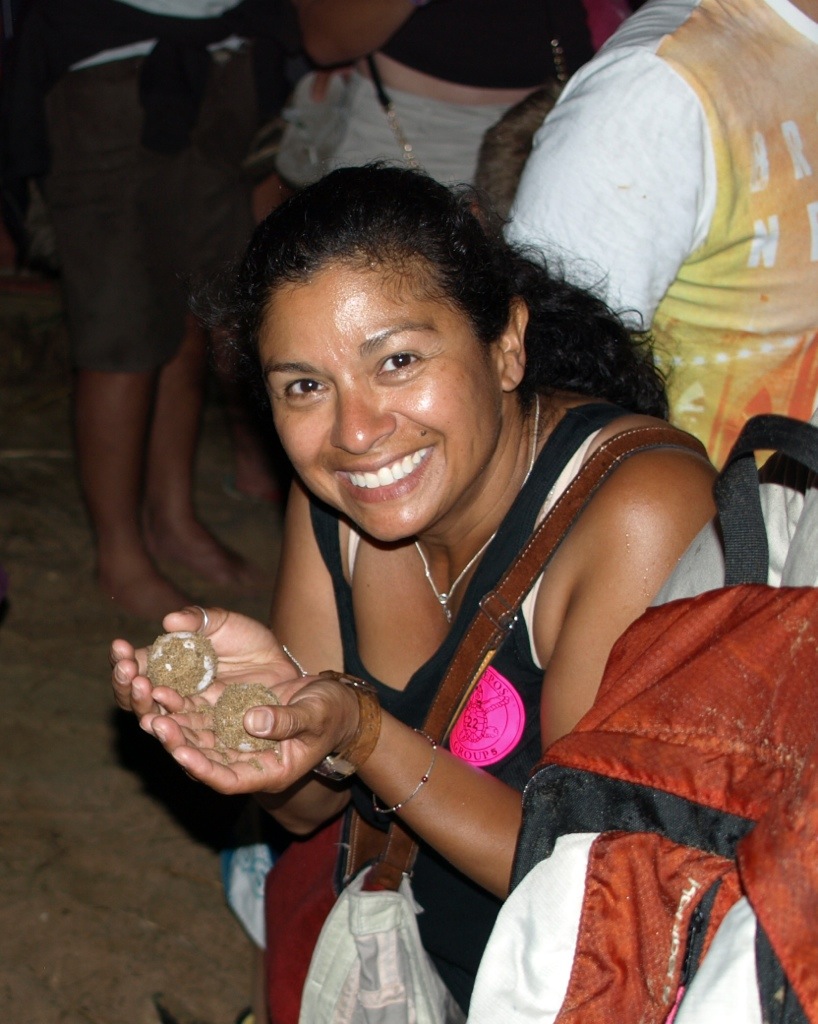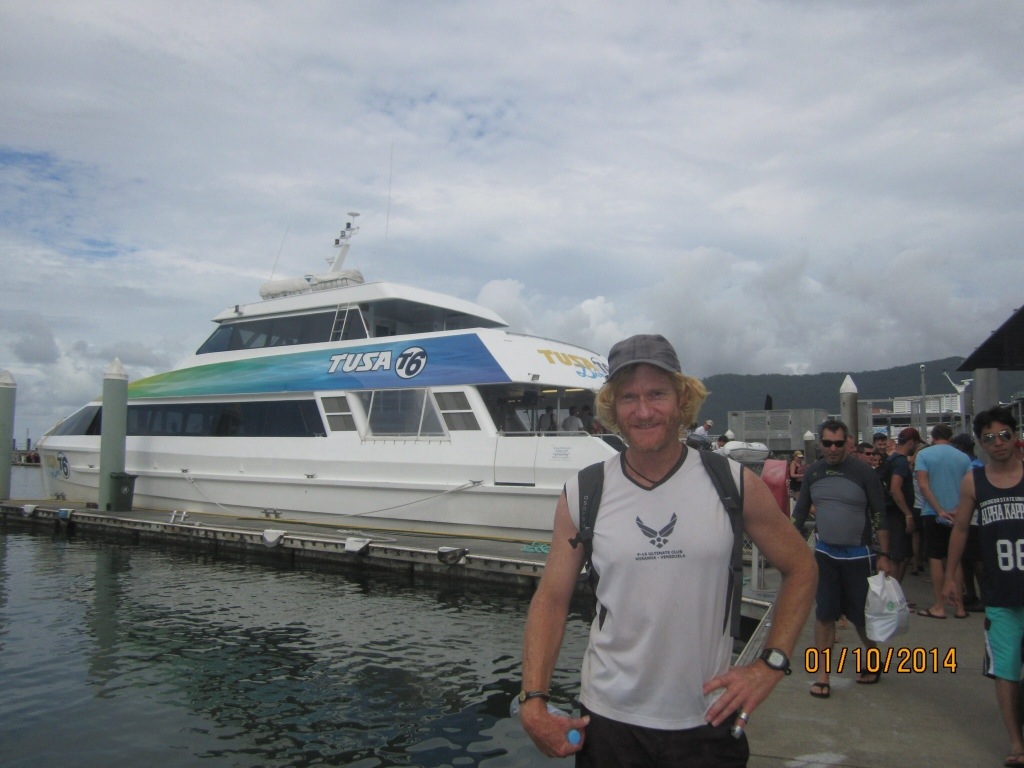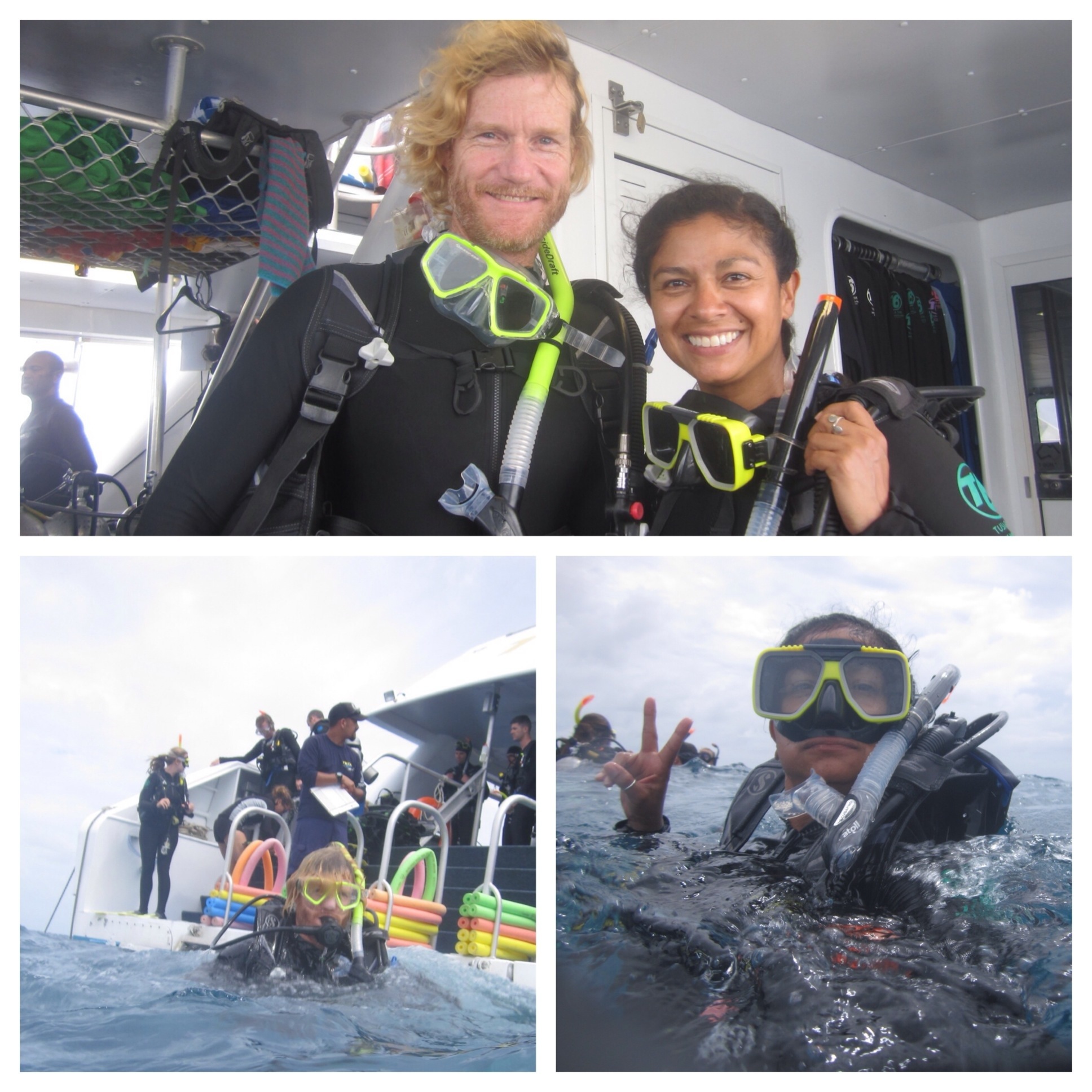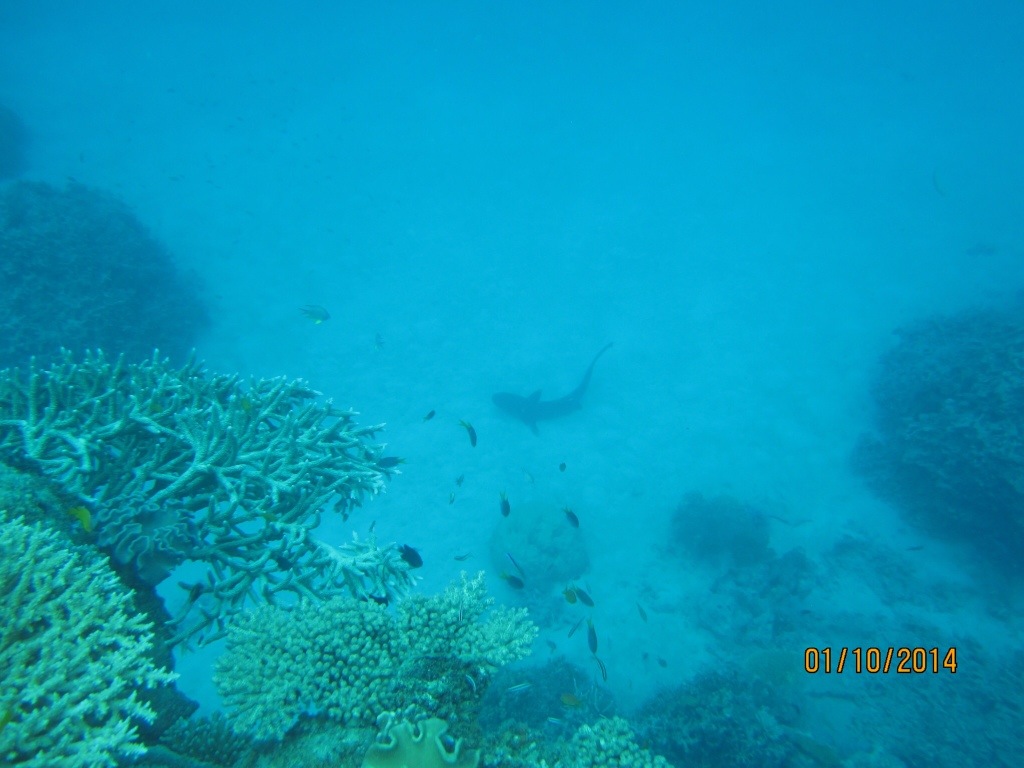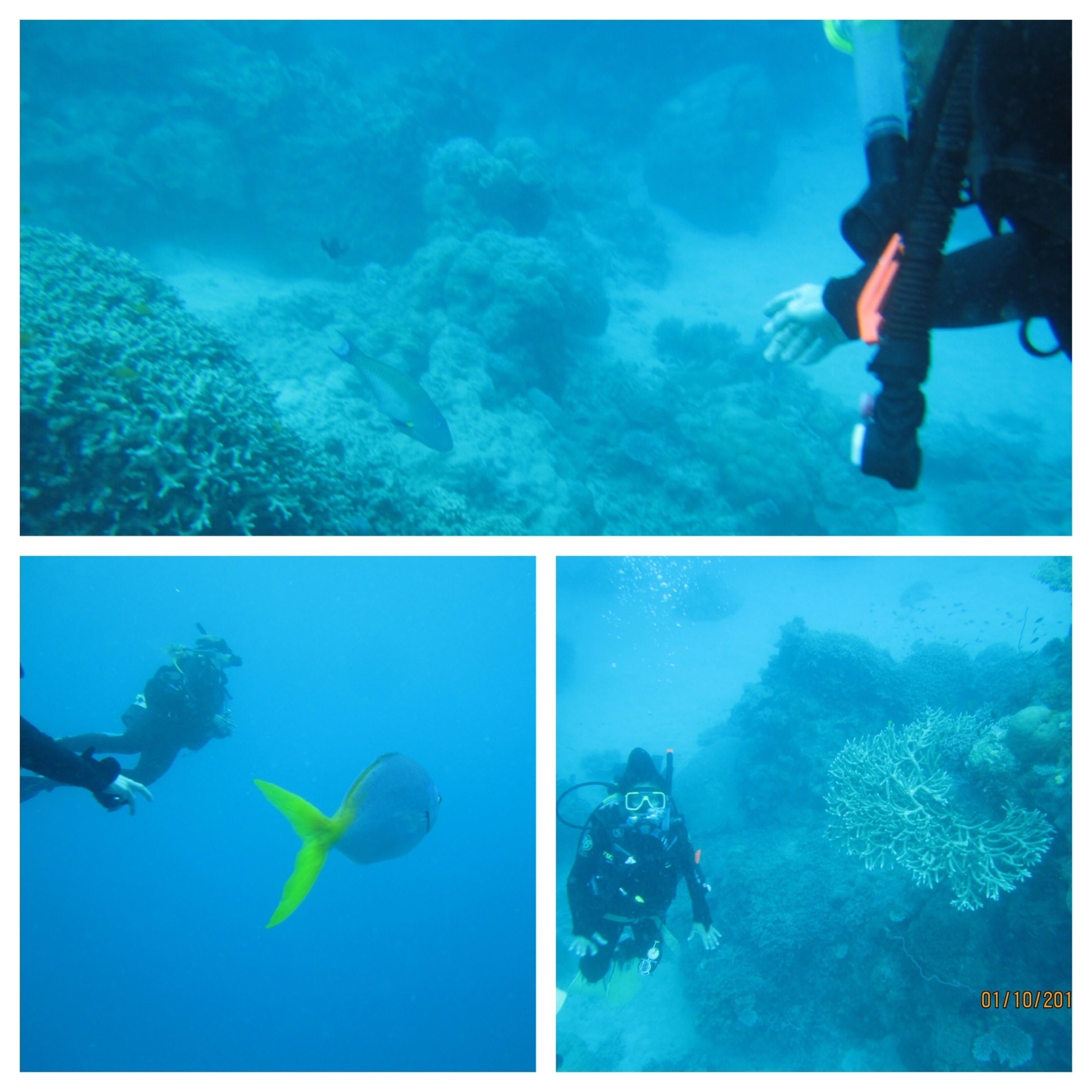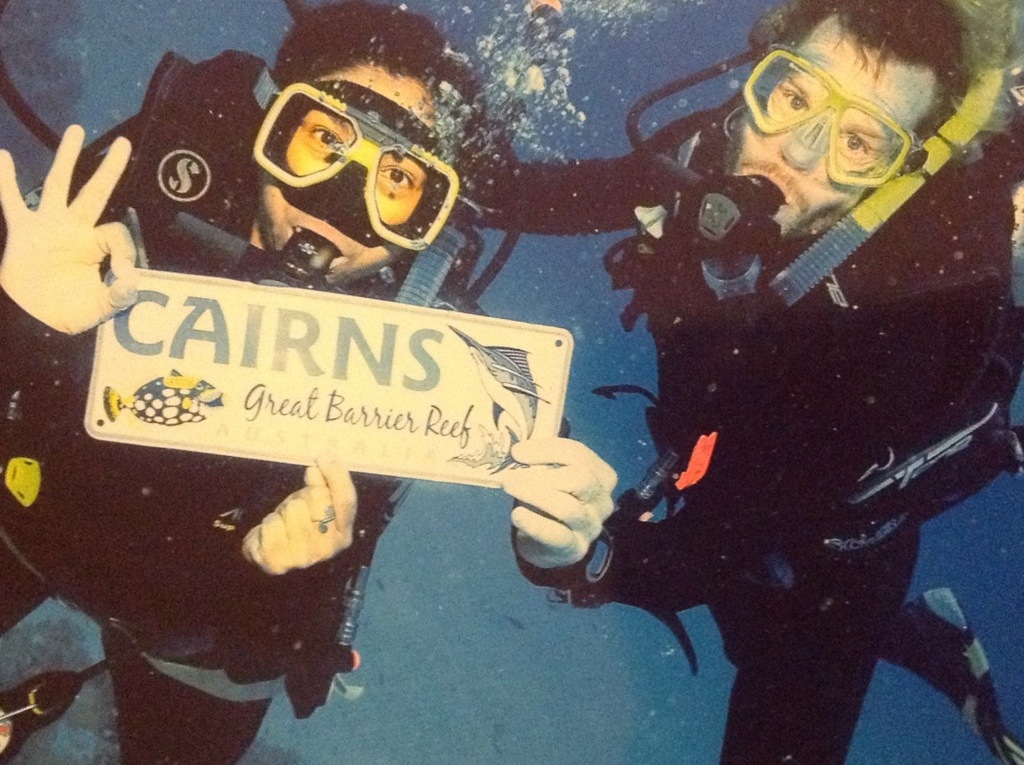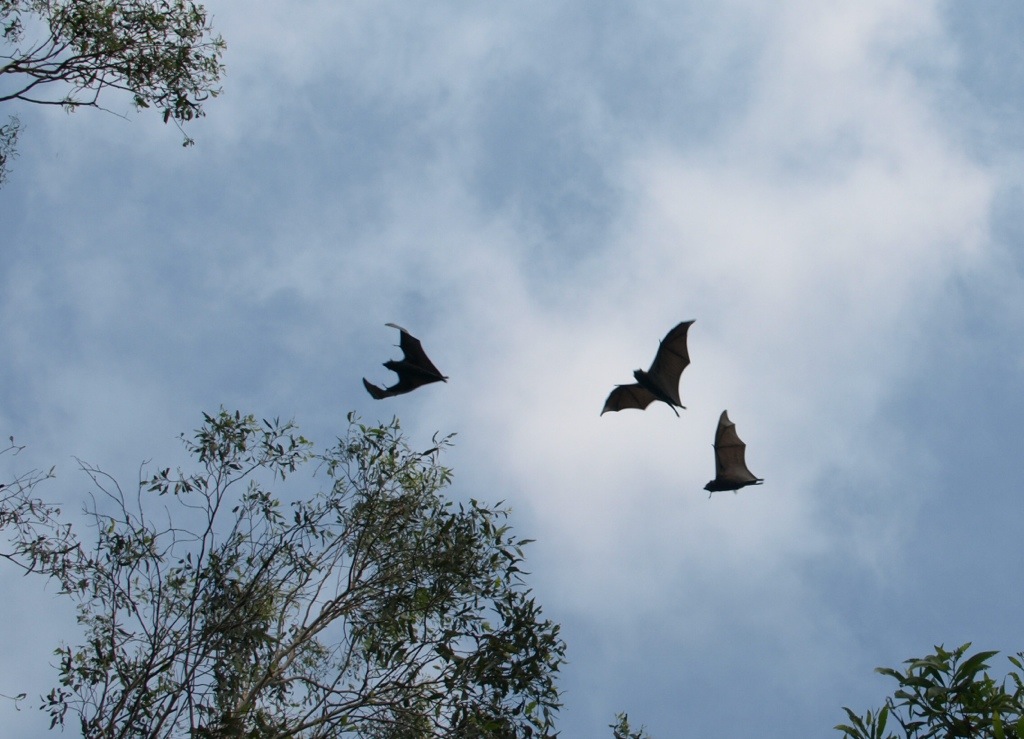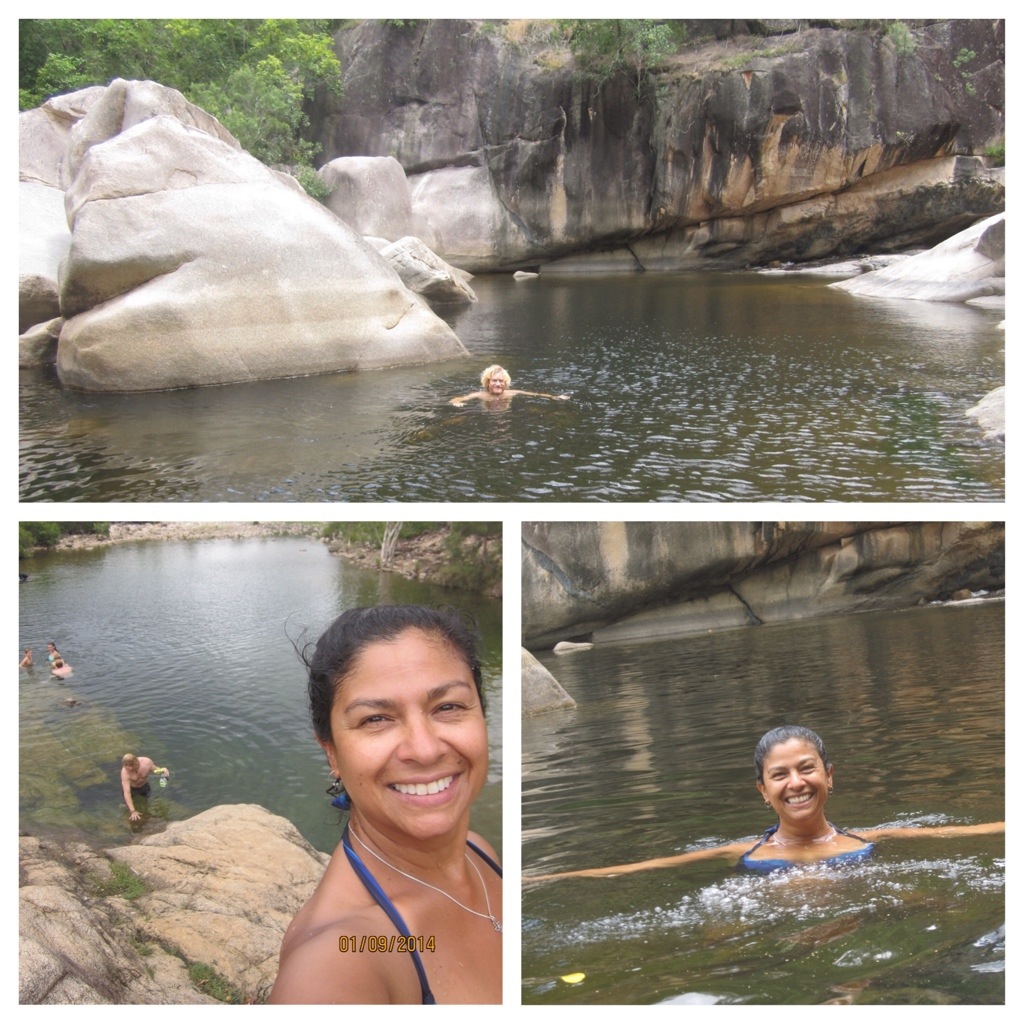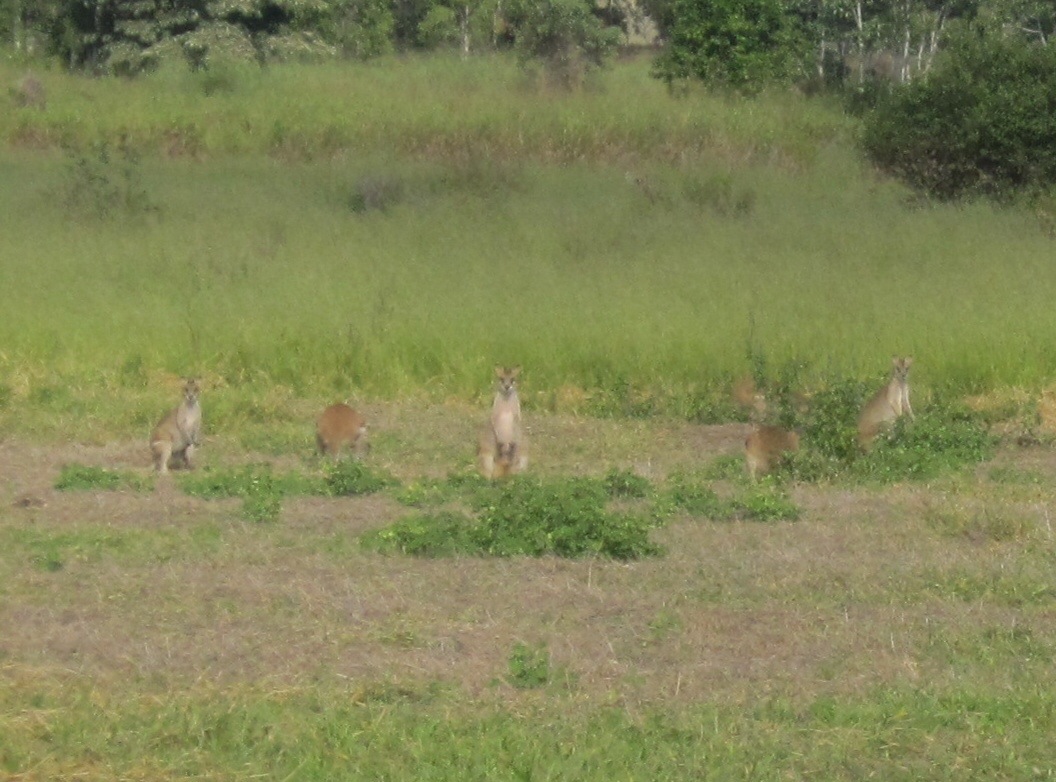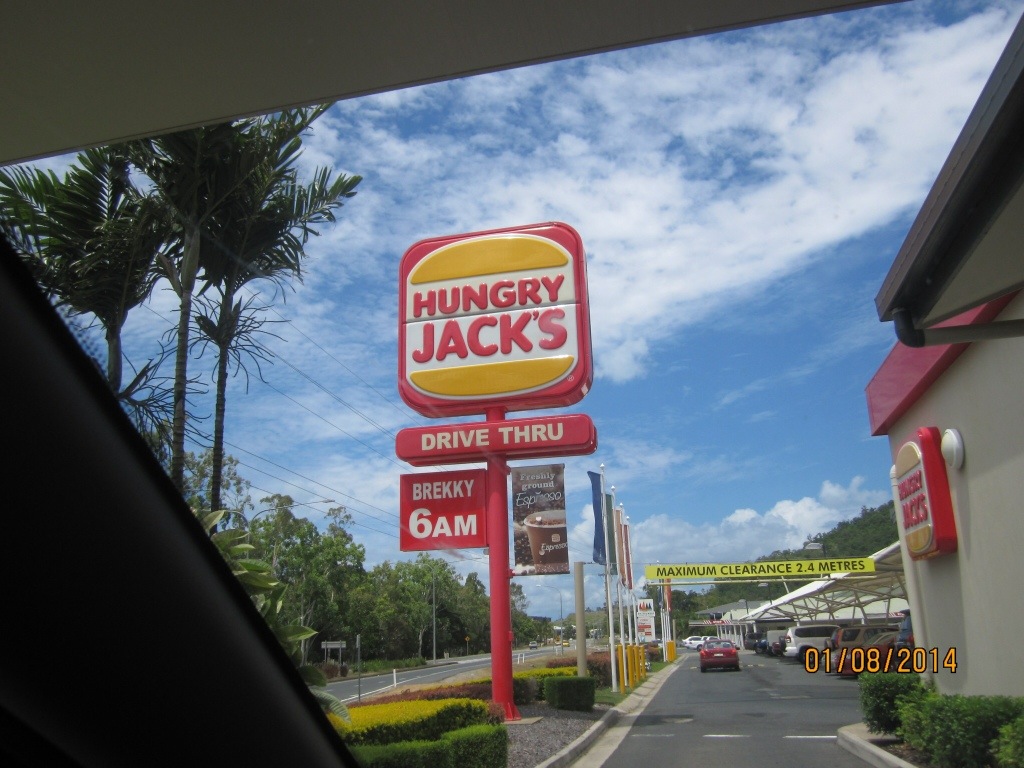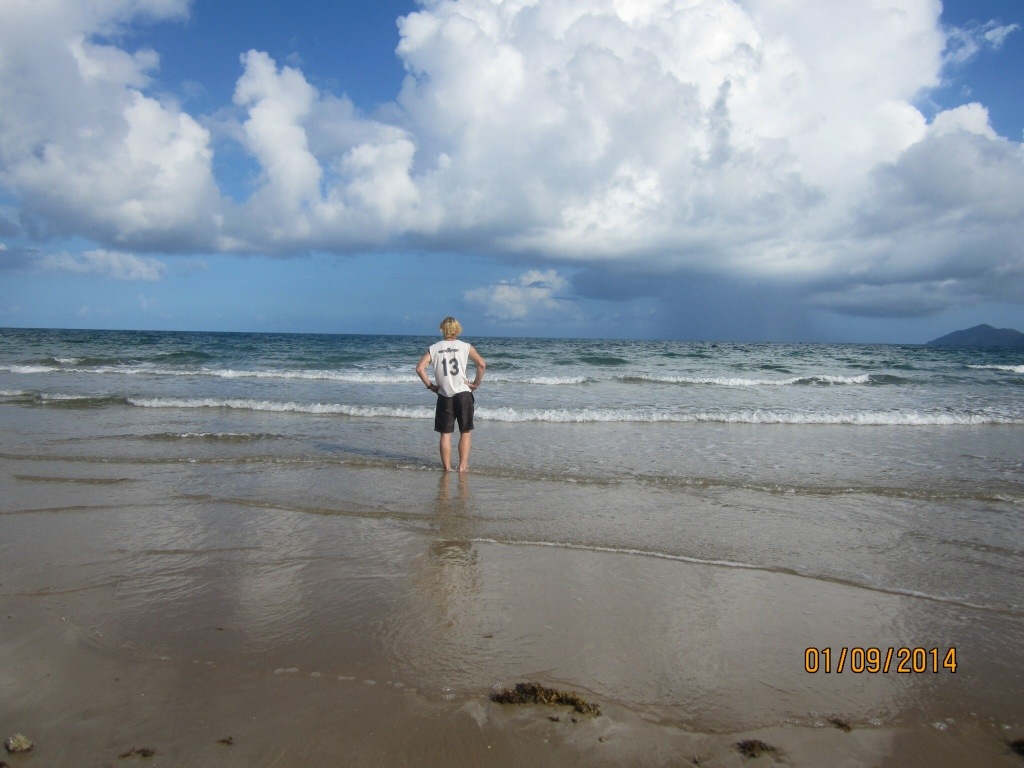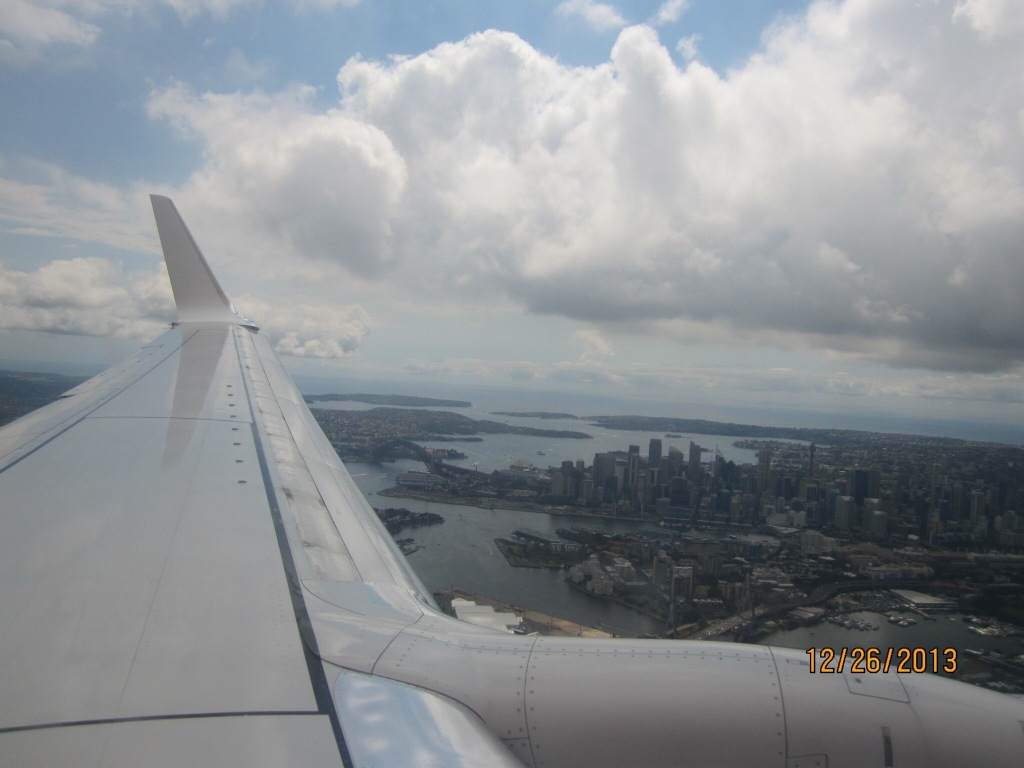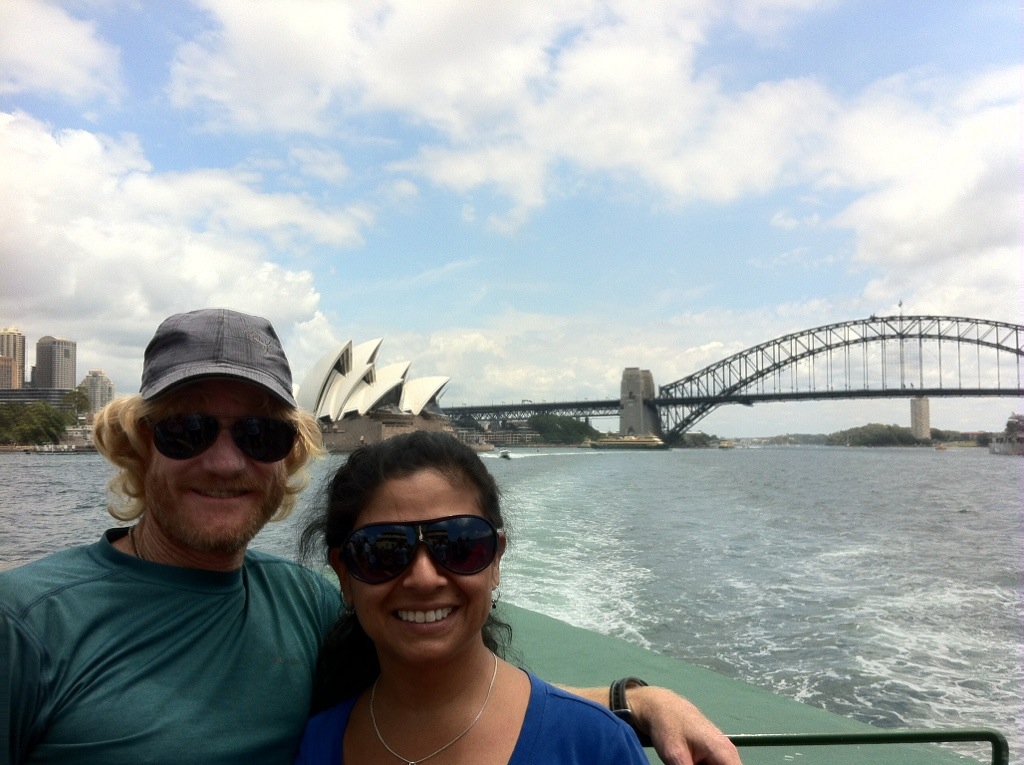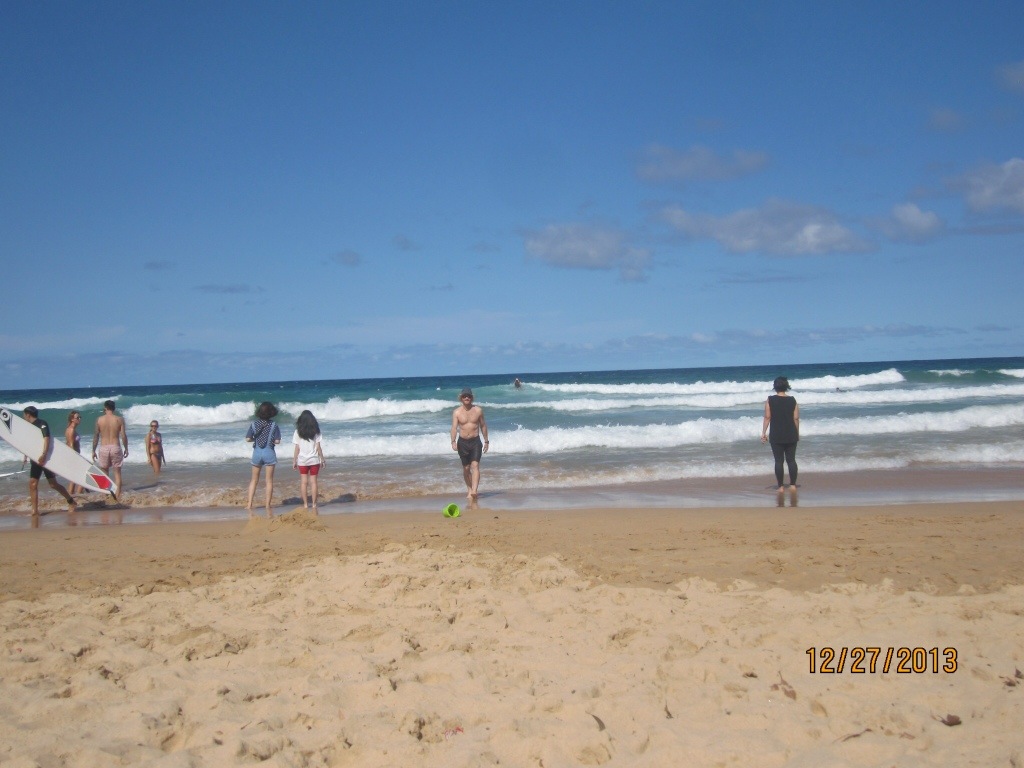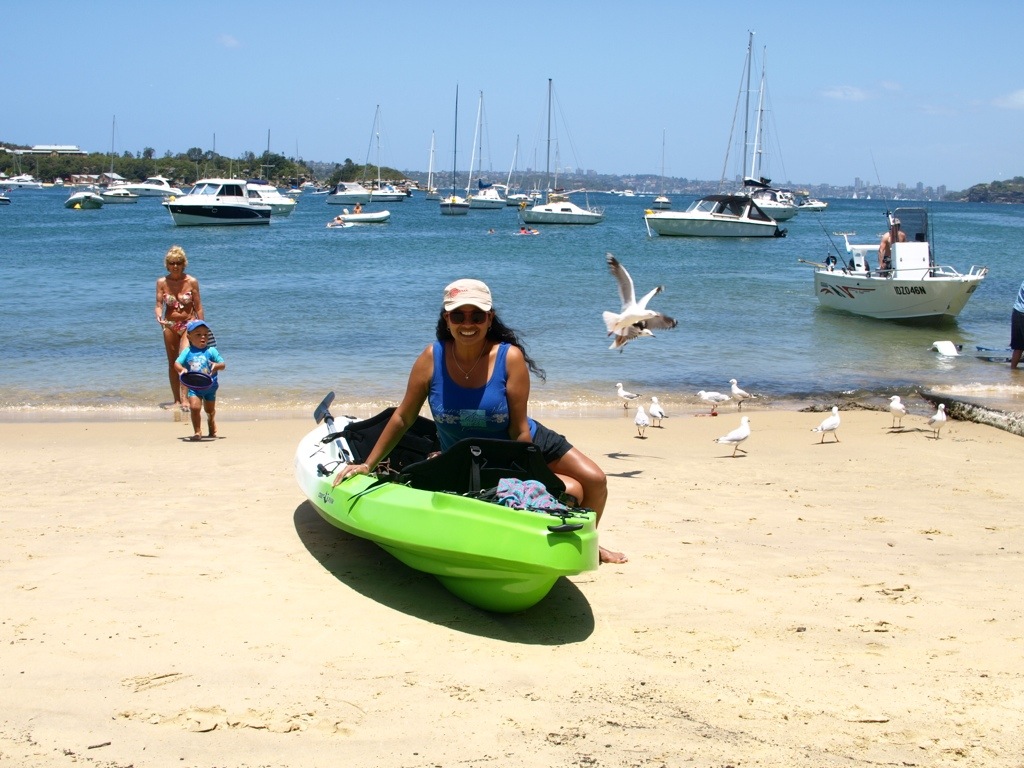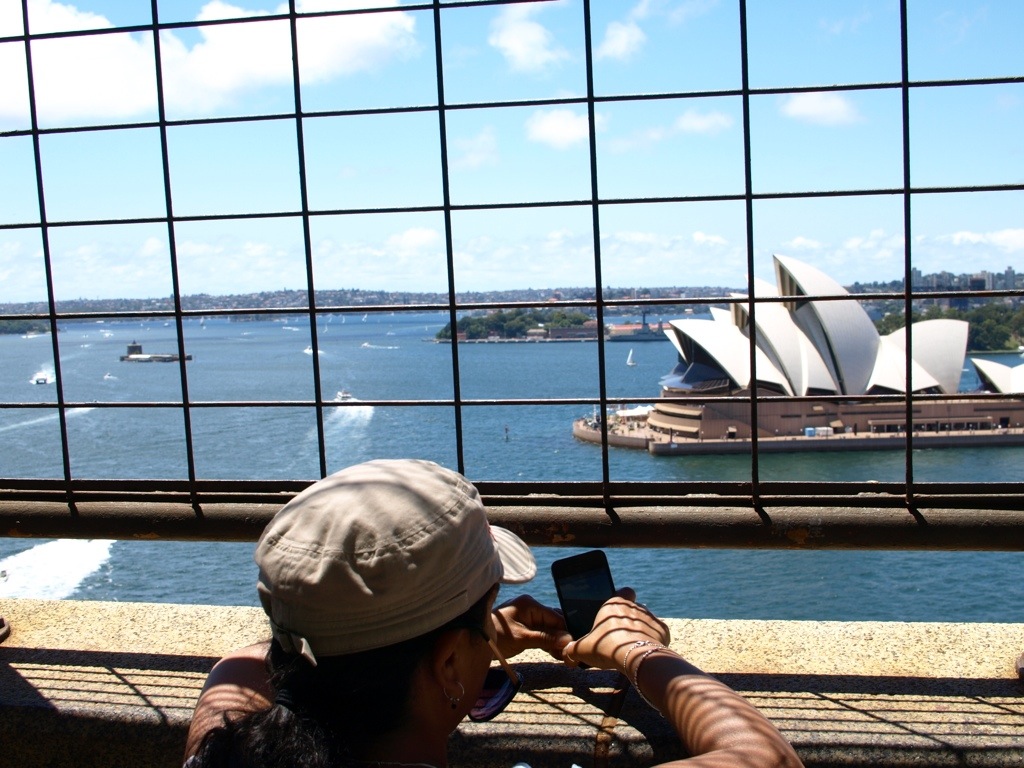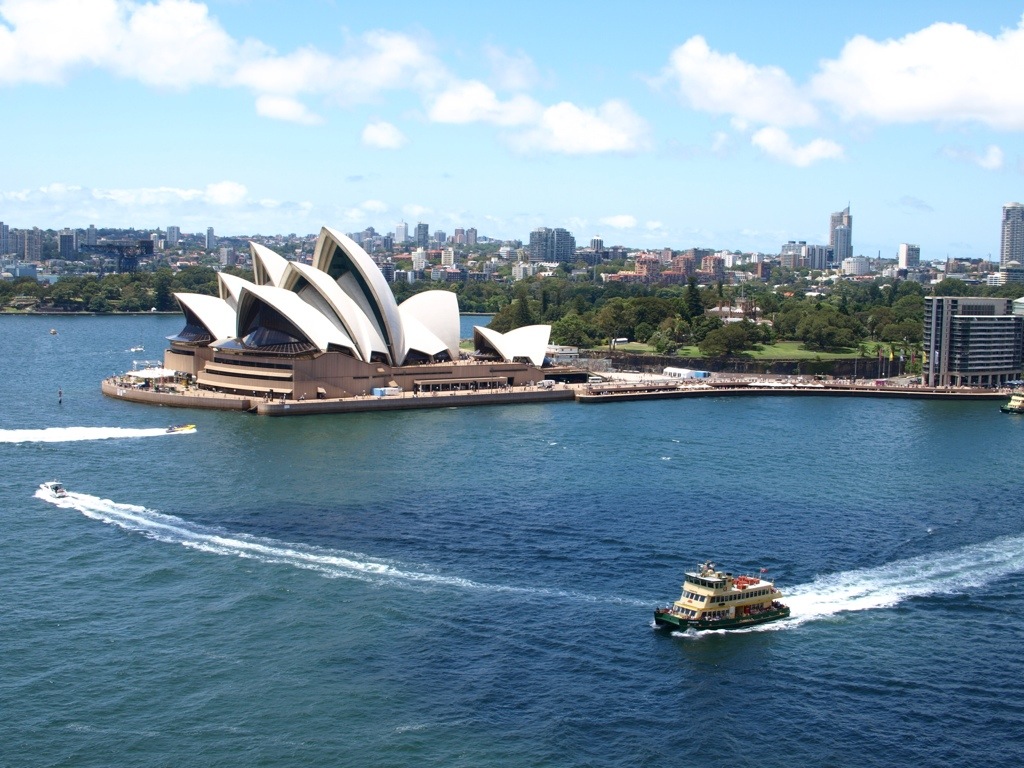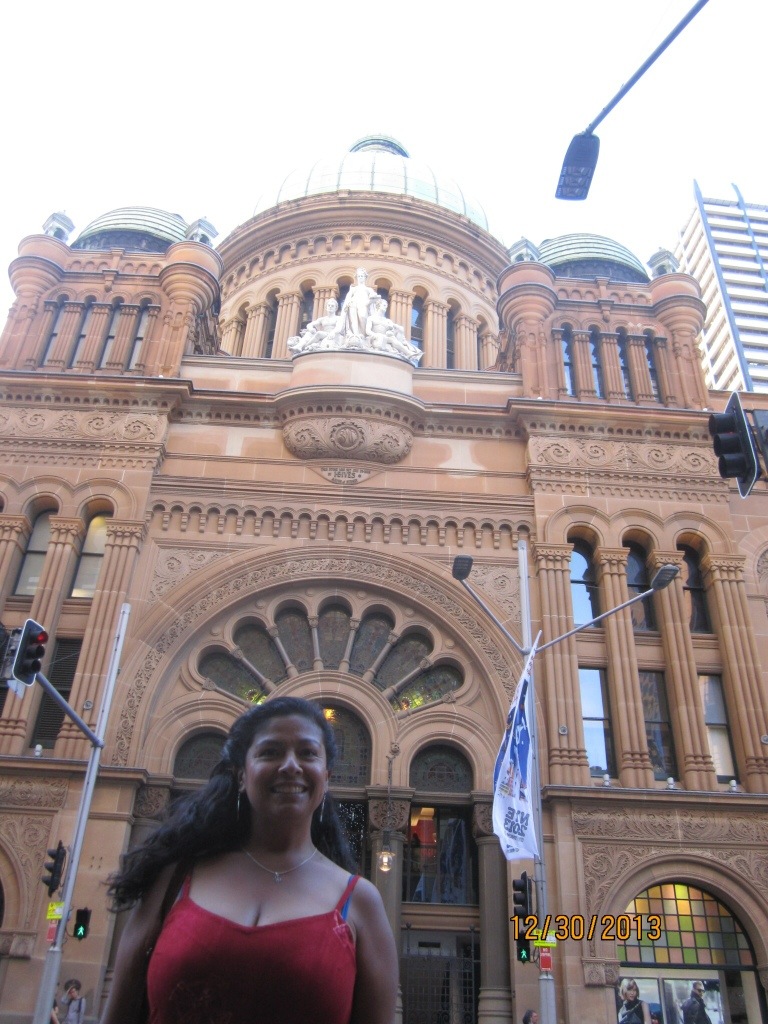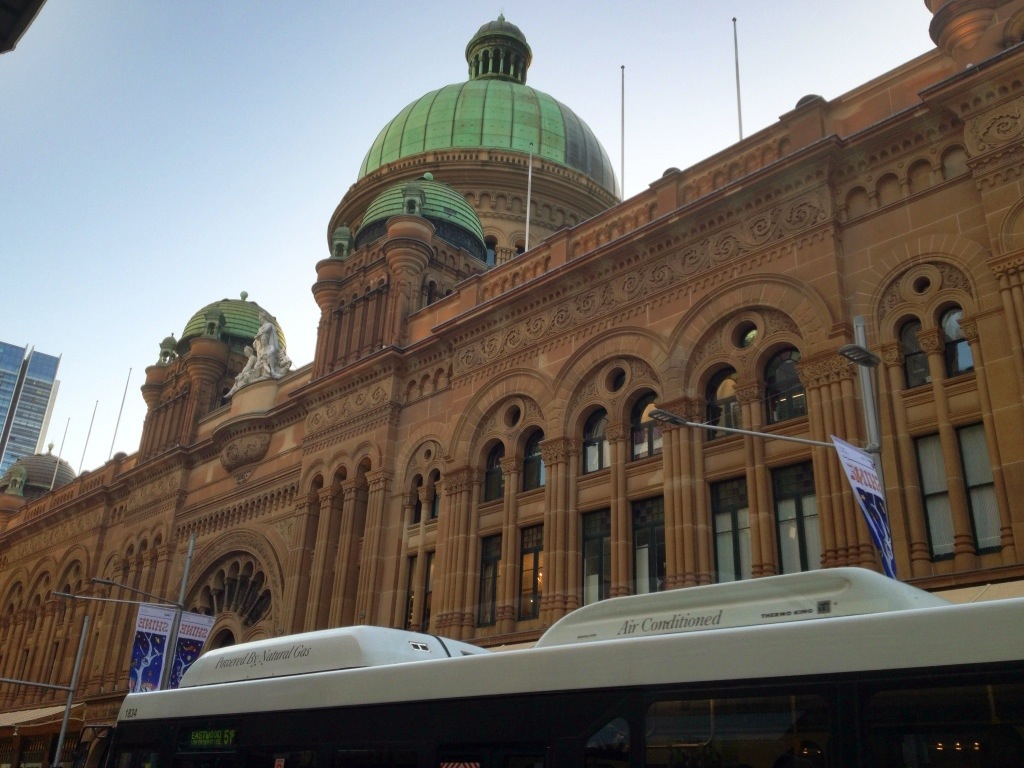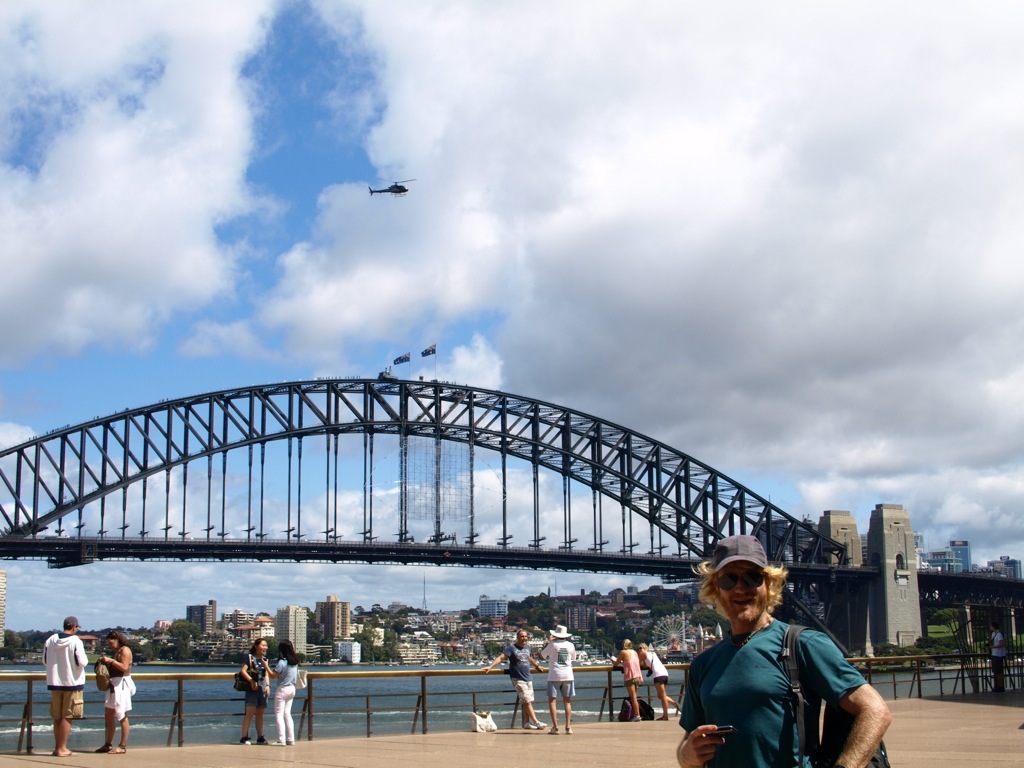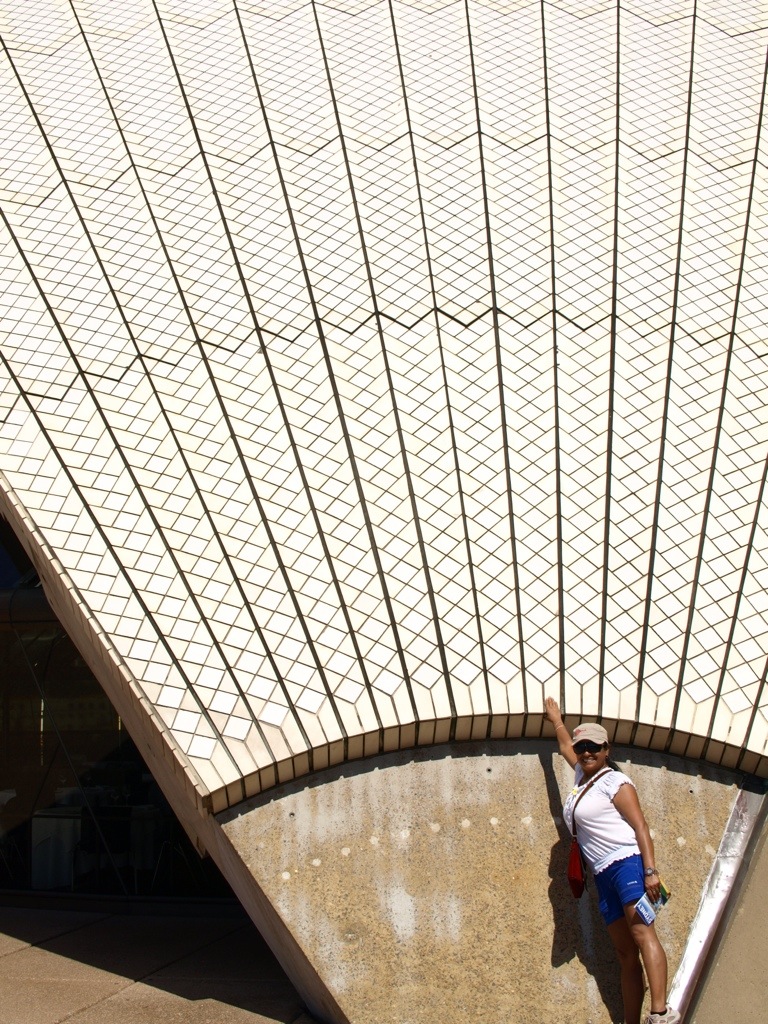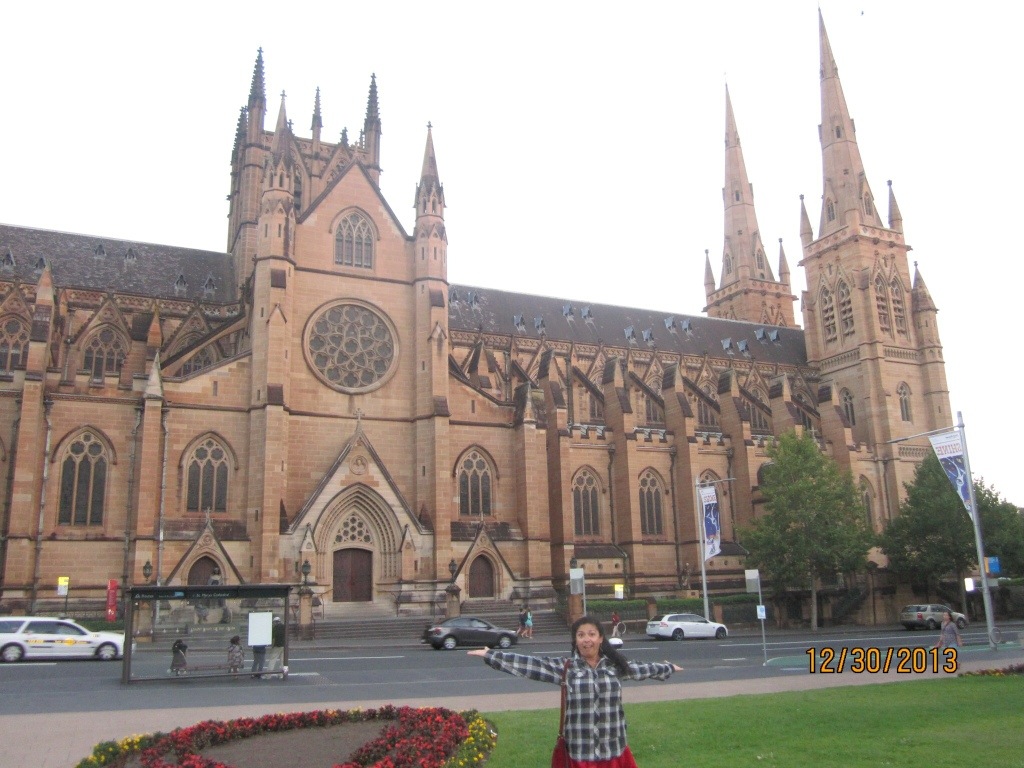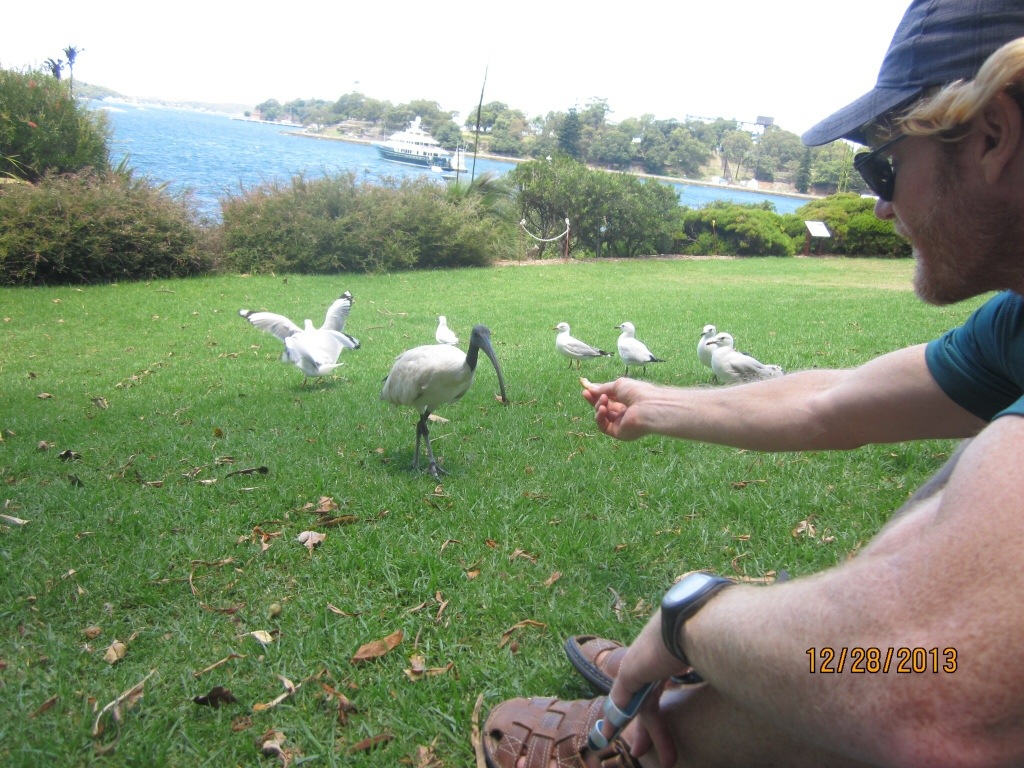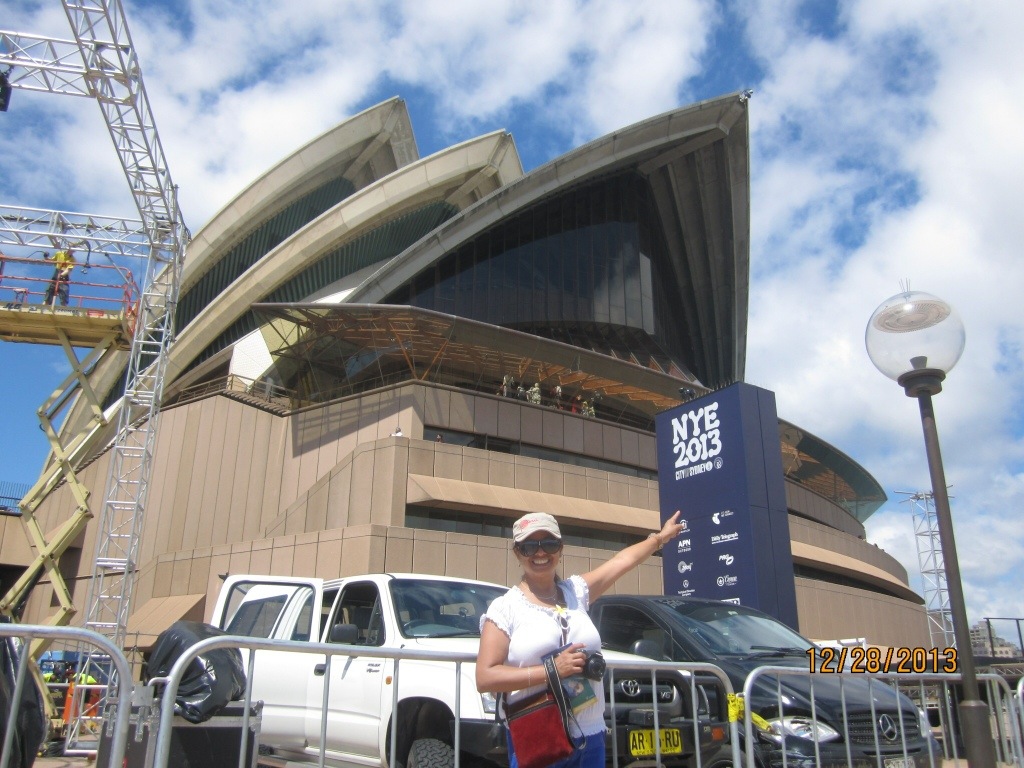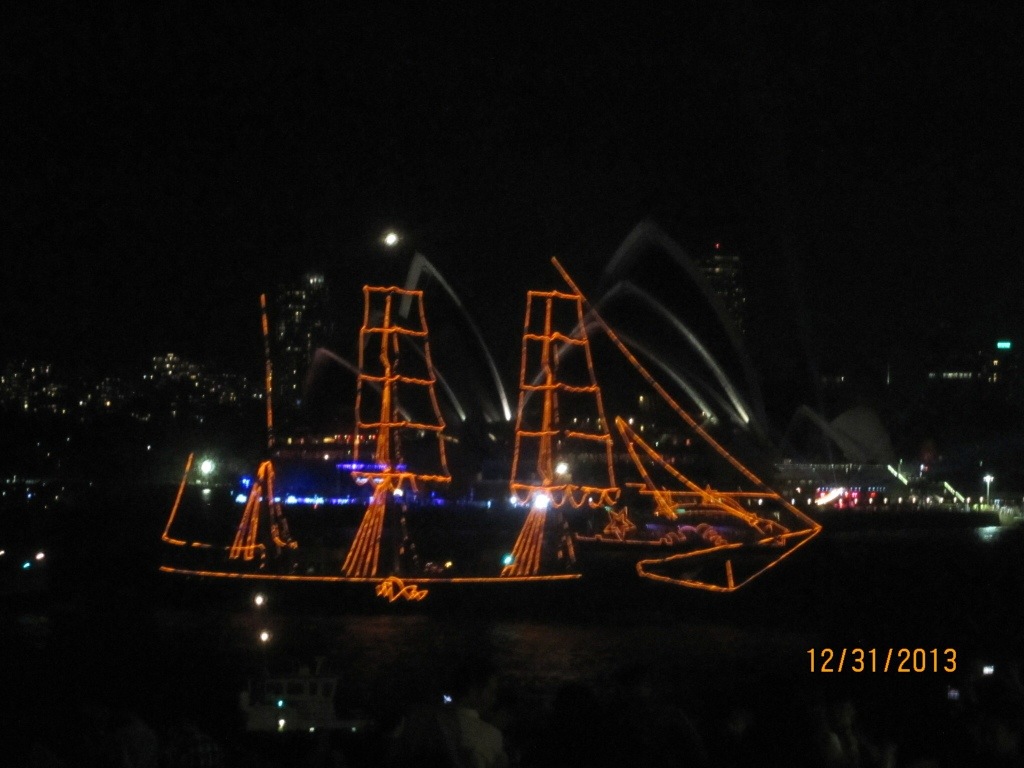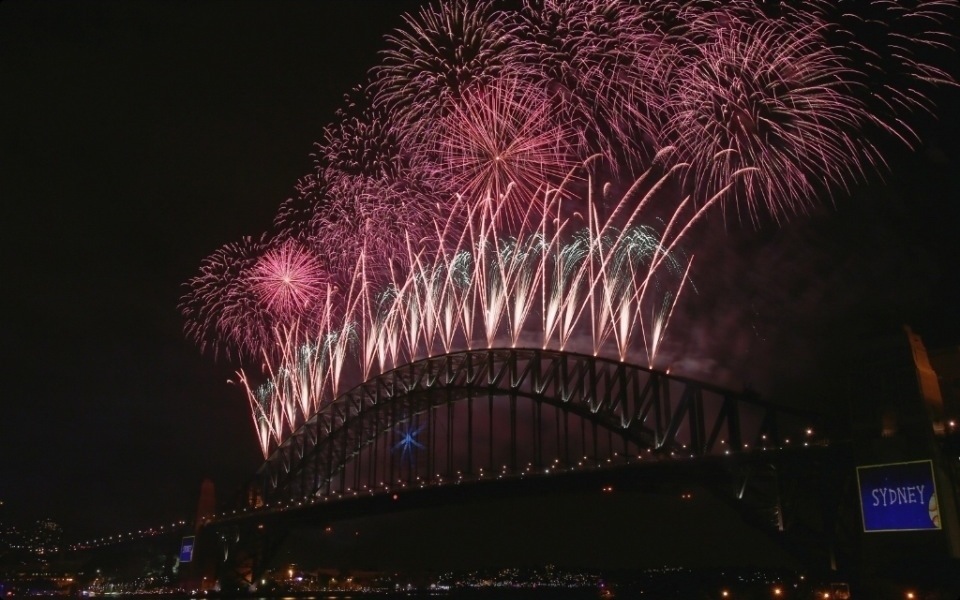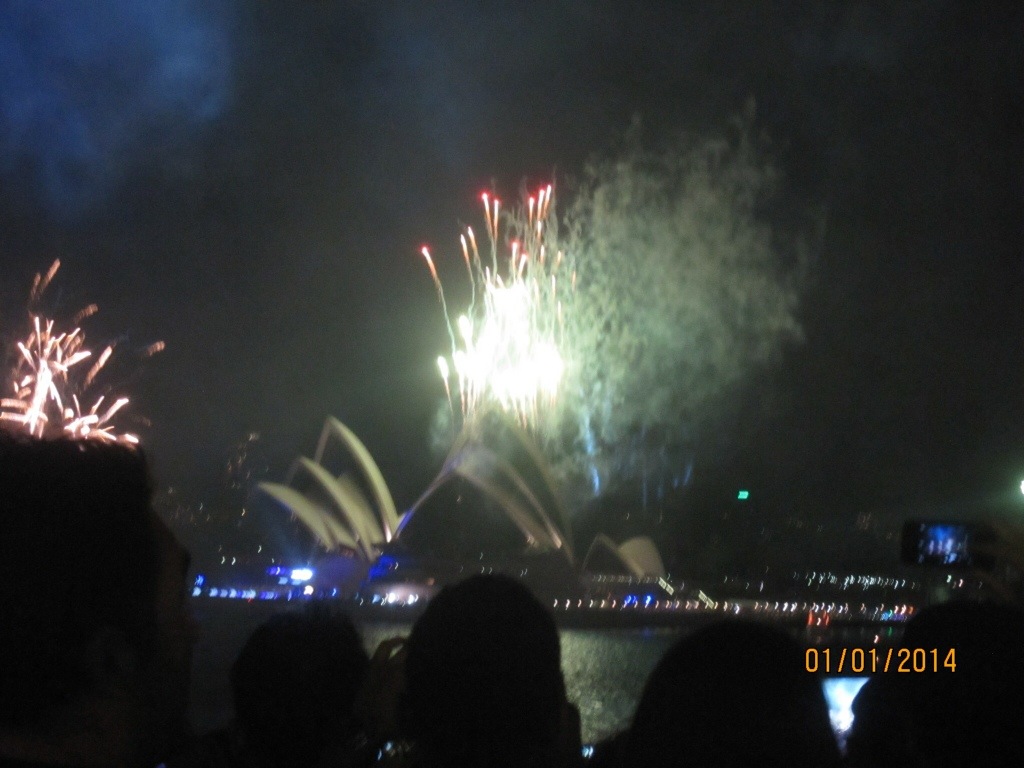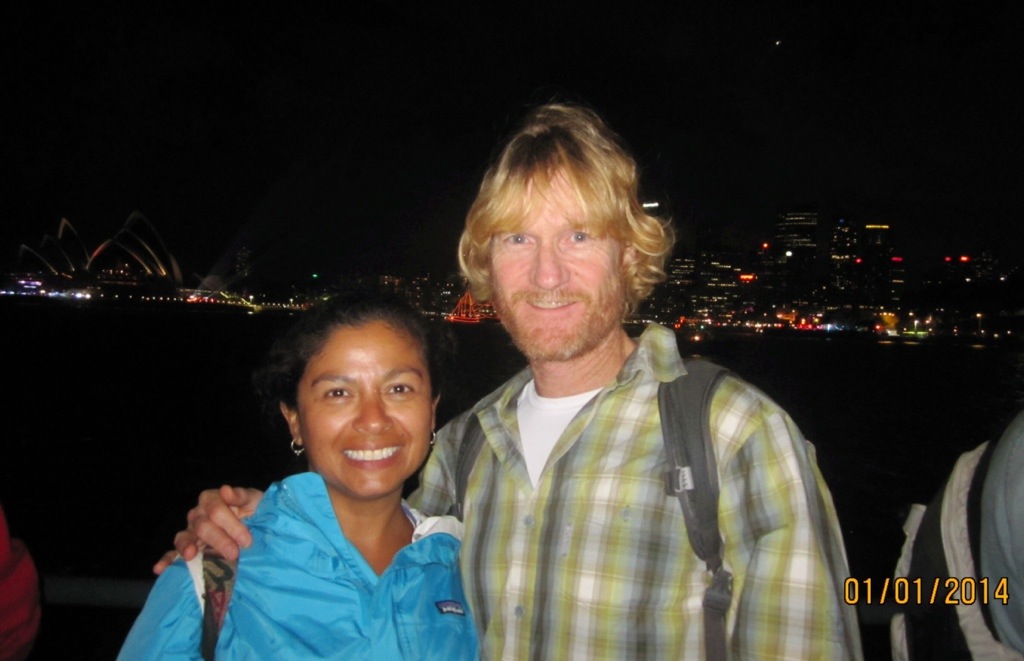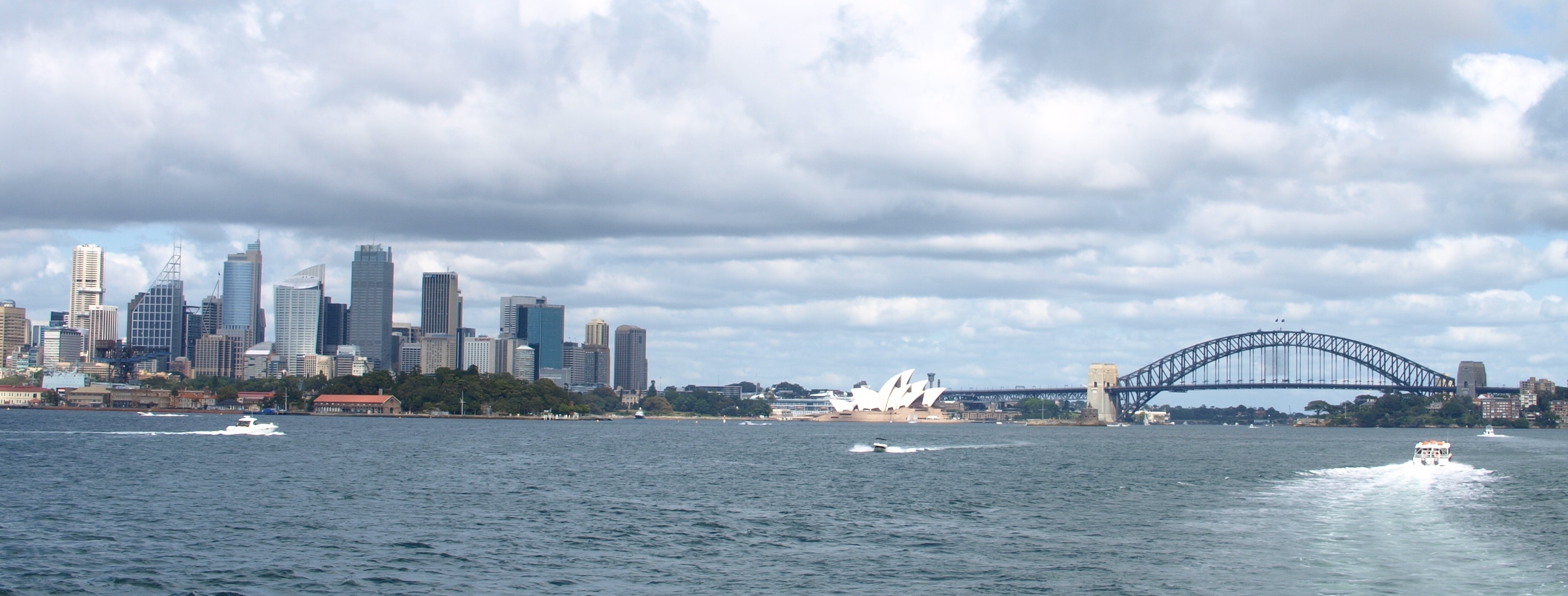(Bali, Indonesia – 20 January 2014) Friendliest people on Earth are in Bali, Indonesia. I’ll grant you that a big spoonful of that sugar helps the Balinese sell souvenirs to tourists, but that cannot explain the positive, welcoming, helpful spirit that seems to pervade the culture. One of our days in Ubud we rented a scooter. While late in the day and on our way to return it, I felt the tell-tale softness that comes from a tire that’s nearly flat. Moments later and we were riding the rim.
Help literally came in seconds. A house under remodel was to our left at the point we could ride no further. A small man in the short, covered driveway motioned for us to roll the scooter over to him. He then disappeared into the house and re-emerged a flash later with a pig-sized air compressor riding on his hip. He quickly aired us up and we were able to roll again. “Terima kasih,” we nodded several times. (That’s ‘Thank you’ in Bahasa, the primary language of Bali.) The little man smiled big and seemed so pleased to have helped us.
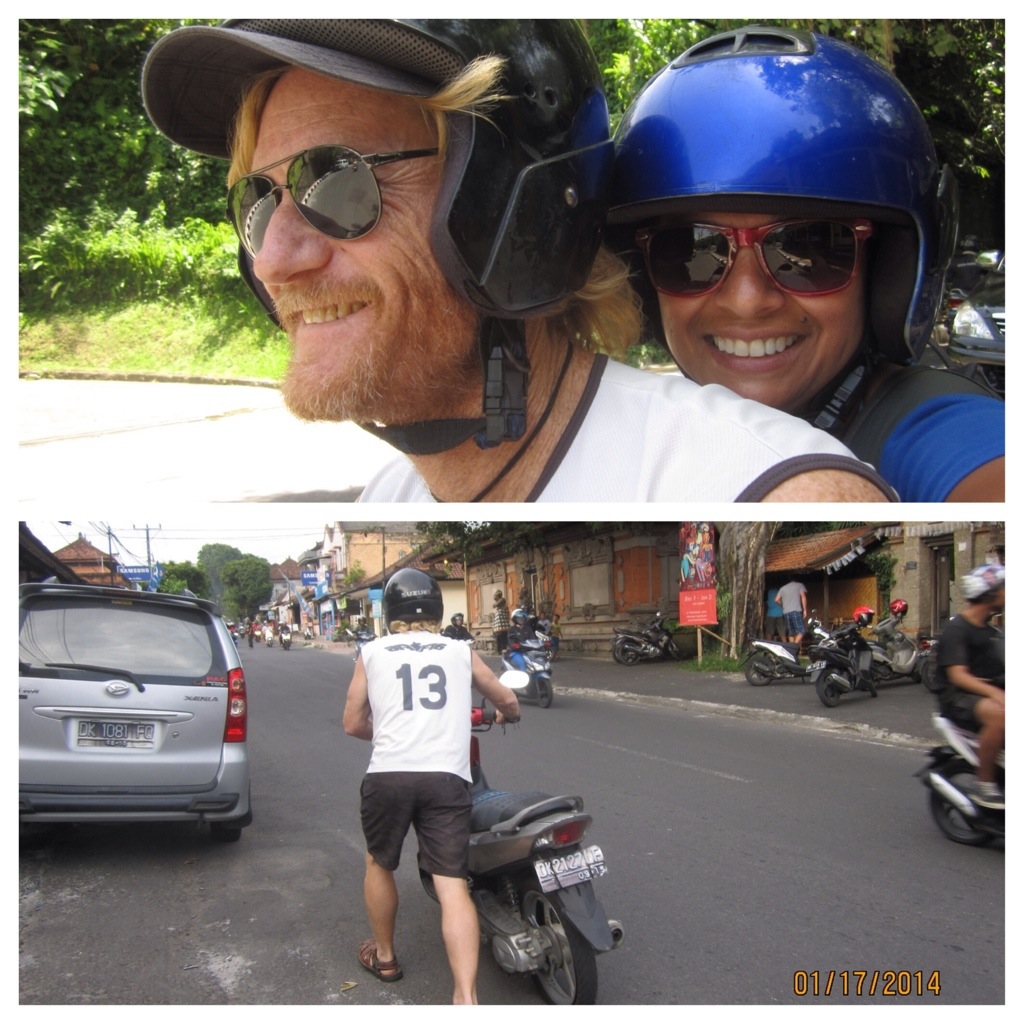
Sanur and the $3.50 Massage
Bali is one island of literally thousands that make up Indonesian archipelago- part of the largest island chains in the world. Denpasar is the main city on Bali’s southern end and where we landed on our flight up from Australia. From the airport we traveled by taxi to a hotel in Sanur. I’m not sure if Sanur is a resort town next to Denpasar or considered part of Denpasar, but I do know our hotel was located just 5 minutes from the beach by foot.
Having just come from the are-you-kidding-me expensive Australia, Bali was a welcome relief to our pocketbooks. About $30/night got us an air-conditioned room with a balcony overlooking a luscious green courtyard with a cool blue pool. Breakfast was included and there was no extra charge for wifi (like we’d seen so many times in Australia).
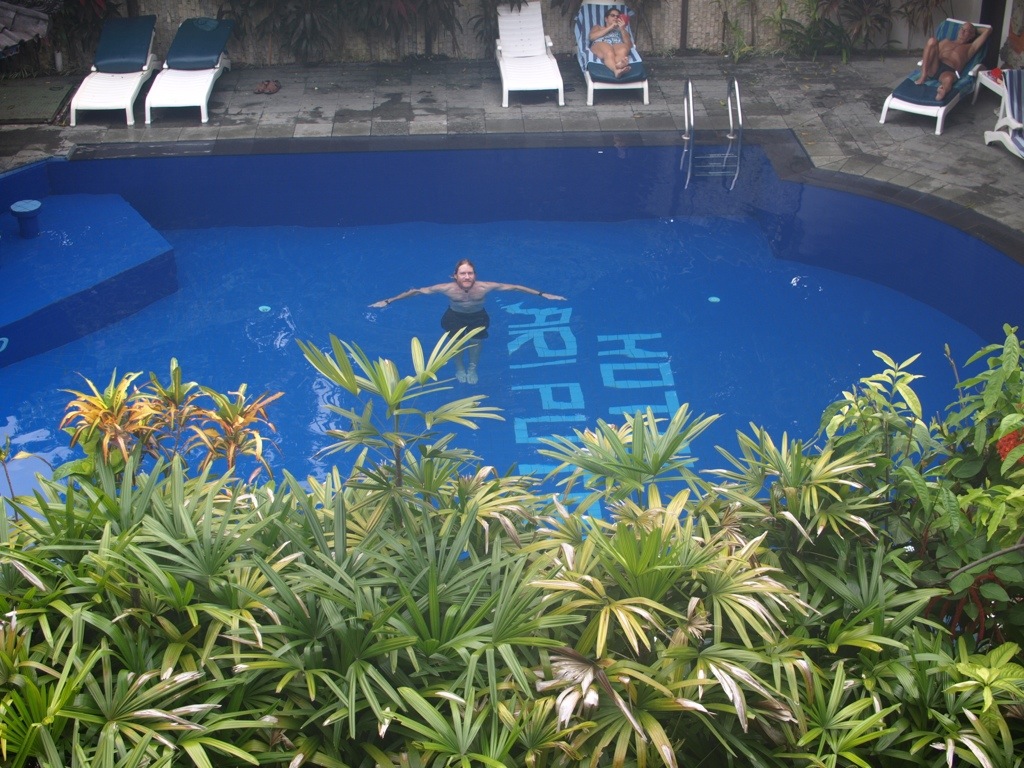
Our hotel was located on one of the main drags and everything we would need was just a few steps away. Our first full day in Sanur and Jessica went out for a mani-pedi for around $10 US. Less interested in the mani or the pedi, myself, I became enticed by the super cheap massages. I could have gone foot, head, Tai, full-body or heated rocks, but in the end zeroed in on a simple 30 minute back massage. The US Dollar is pretty strong right now in Indonesia so the cost to me was about $3.50. Of course, it was actually more than that after I left a $4.00 tip.
Aside from the cooking class I talk about next, we did a whole lot of nothing special in Sanur. Jessica caught up on some books, I blogged about Australia and went for a long jog down by the beach. And we ate out every night with no threat to our budget. Good food, too. Plus, we found THE BEST gelato stand! Our favorite flavor was called, Cherry Float.
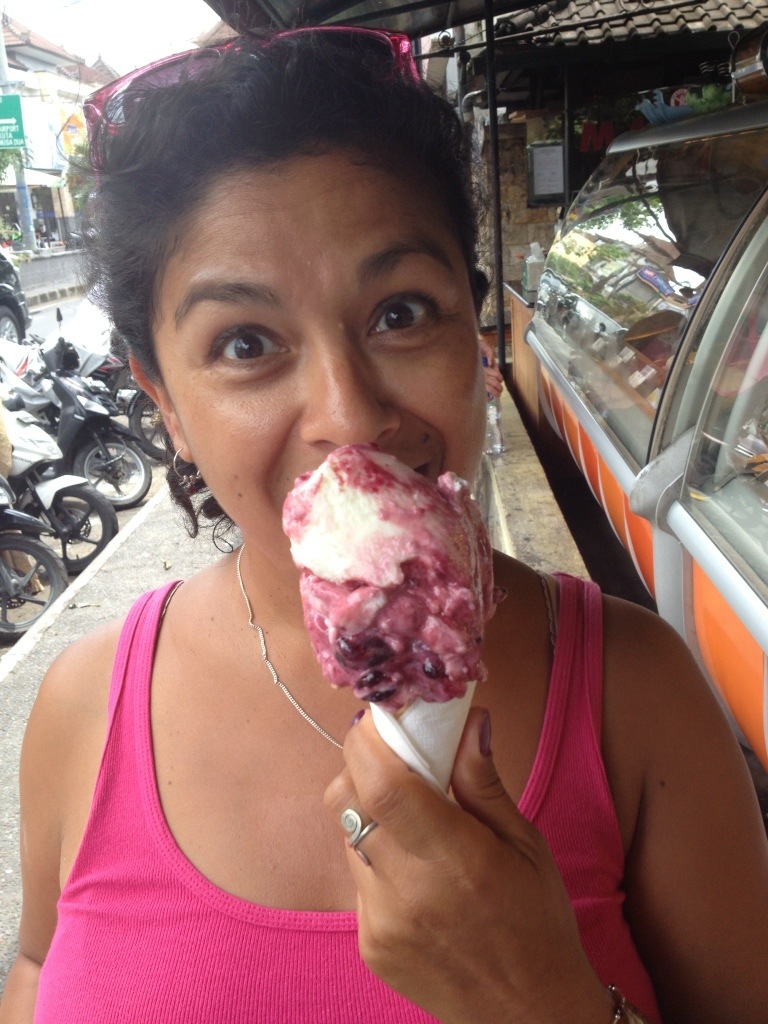
More pics from in and around Sanur.
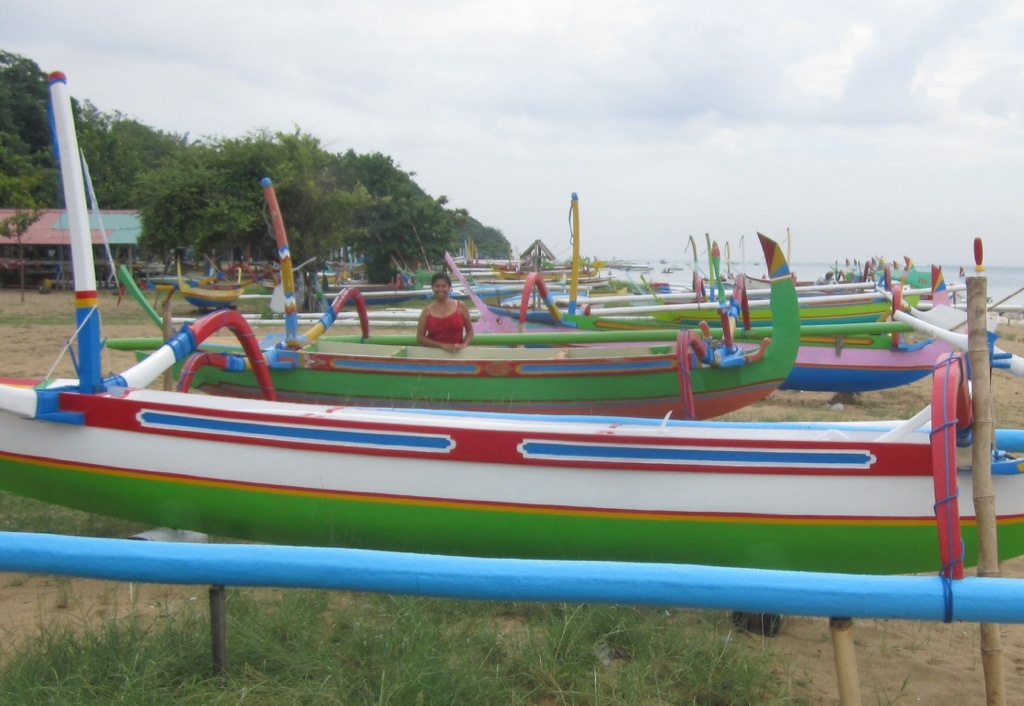
Enjoyed a rock cover-band at a neighborhood bar. The drummer sure got a lot of sound out of one bongo drum. Dog’s a rocker, too.
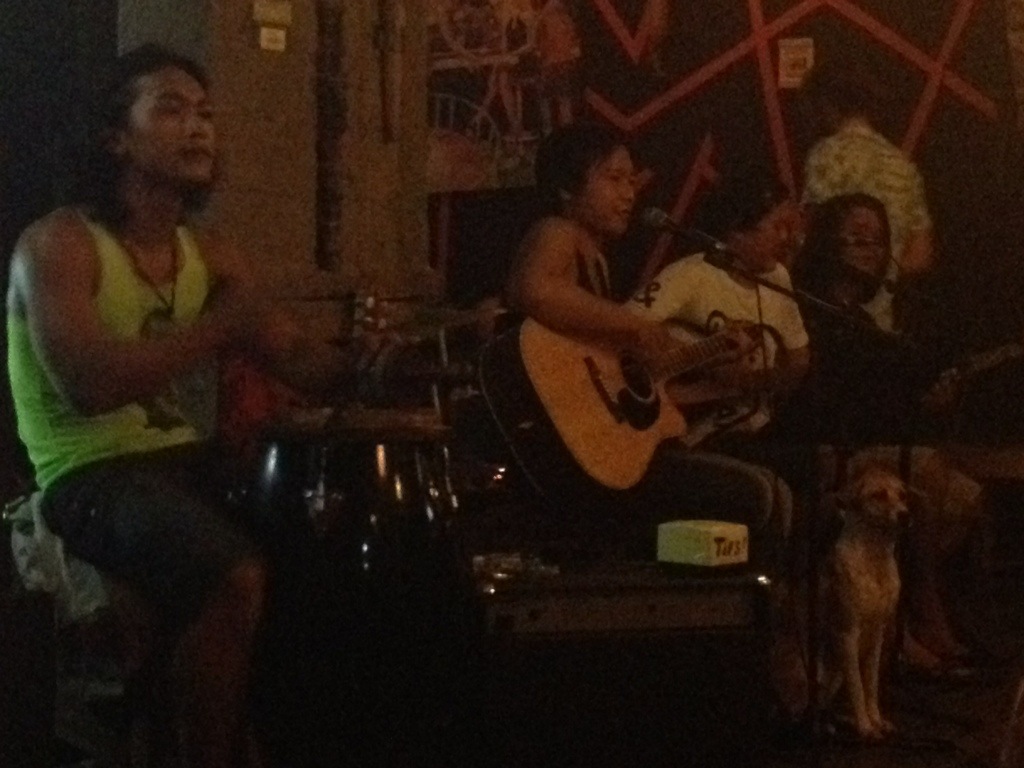
Cooking Class
It wasn’t all about the three R’s- rest, relaxation and restaurants. We also signed up for an Indonesian cooking class on our last day in Sanur. Straight from the hotel to the local food market was how our morning of cooking began. Dewy, our instructor, led us on a tour through the market and had us taste and smell some of the local flavors. Among the items we tried was jackfruit, a melon-sized oddity covered with rough, prickly green skin. It’s a huge fruit, though only a small part of it is typically eaten, the yellowish lining around the seeds. For such an ugly monstrosity, it sure tasted sweet.
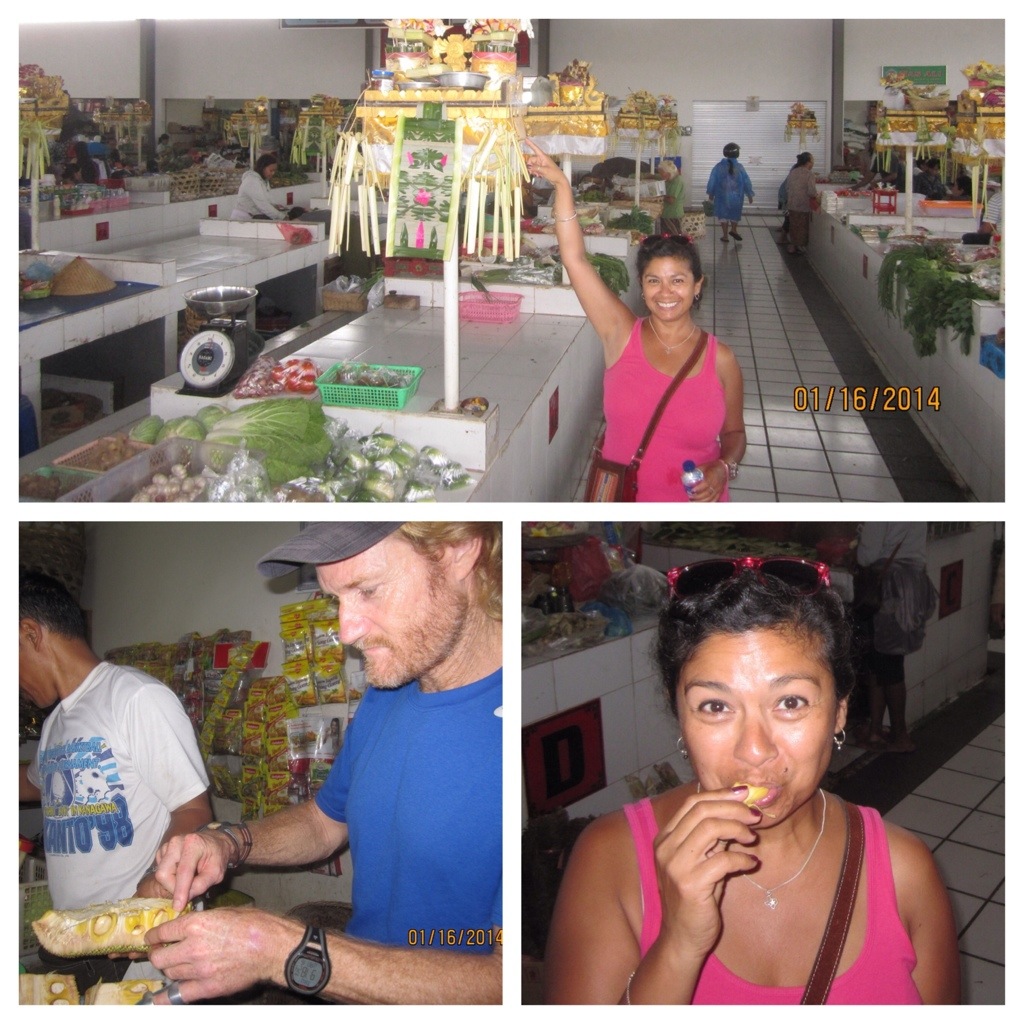
Here is what Jackfruit looks like in the trees.
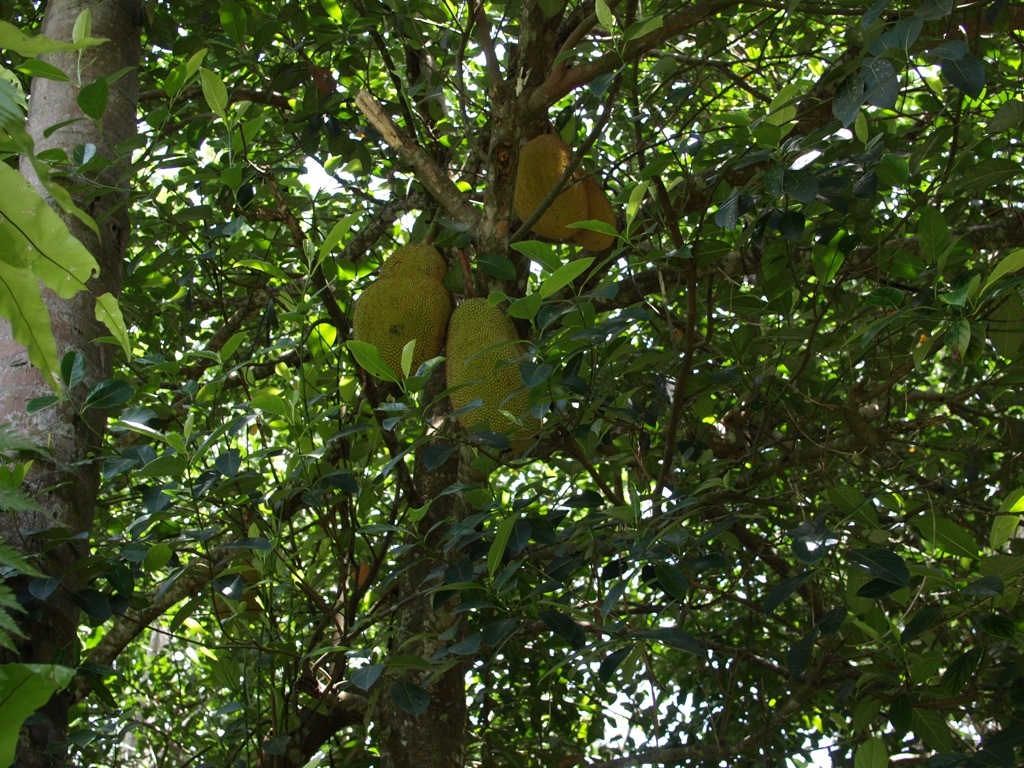
From the market, our driver took us to Dewy’s house. There we found a spacious covered outdoor kitchen/patio set up and waiting for our group of five students. The patio roof kept us nice and dry as it started raining, heavily on occasion. Helping her with the set-up were three assistants. Tea or coffee was offered upon our arrival for that added welcoming touch.
Every person in our group played a role in preparing five dishes that morning. Whether cutting up ingredients like lemon-grass, garlic or onion, or manually grinding them together with the additional spices (in a shallow stone bowl with a stone mallet), we all got involved. (Yes, even Jessica cooked!)
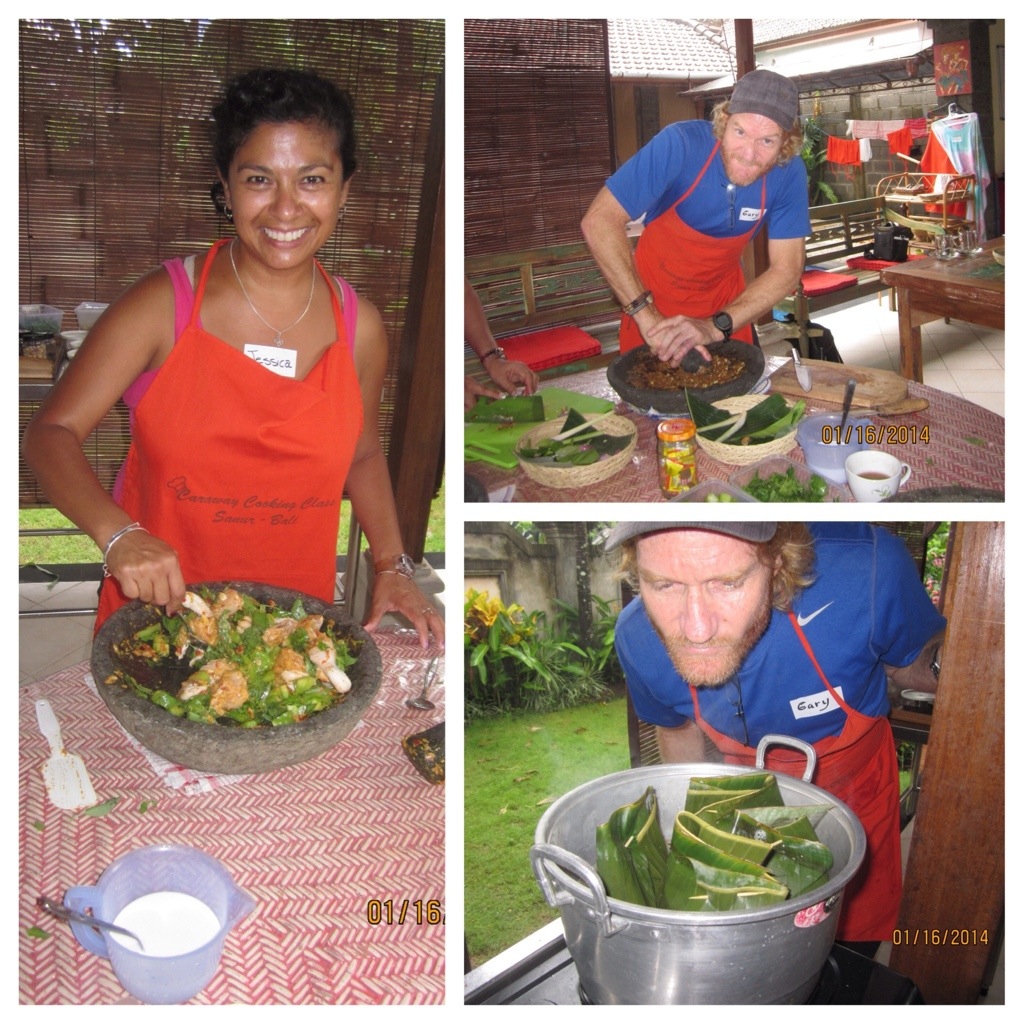
It was great fun and a wonderful learning experience. Hats off to Jessica for delivering the line-of-the-day. She offered loudly, “I figured out how you can get me to cook more. Find me three assistants and I’ll cook every day.”
Eating the food we’d prepared for our lunch provided the perfect conclusion to the class. Yum!

Getting Cleansed in Ubud
Ubud (pronounced oo-bood), a busy little city only about an hour north of Sanur, was our second stop in Bali. We’d heard good things about it from our friend Boris, who traveled to Bali last year.
The street where our hotel was located was noisy, narrow and not lacking in touristy shops. Great for us, because it made us feel like we were in the thick of all the hub-bub. The rooms of the hotel were set far enough back from the chaos so that slipping behind the hotel walls brought immediate and welcome tranquility.
Ubud surely grew into a lively tourist destination because several prominent Hindu temples were built in and around it. One such temple was smartly placed on the site of a natural spring, called the Holy Springs by the locals. To reach the Holy Springs we chose to rent a scooter (yes, this is the same scooter that winds up with the flat tire by days end), and brave the 50 minute ride into the rural outskirts of Ubud. Our route took us through the rice paddy terraced countryside and several tiny villages before we reached the springs’ obscure hiding place. (I say it was “hiding” because we saw zero road signs pointing to it and relied solely on gestures and nods from villagers to find it.)
We had such a blast that day. Even before the springs, we scooted over to the aptly-named Monkey Forest. For more reasons than just its monkeys, the whole place was very cool with temples, statues and hidden pathways all winding beneath a thick forest canopy.
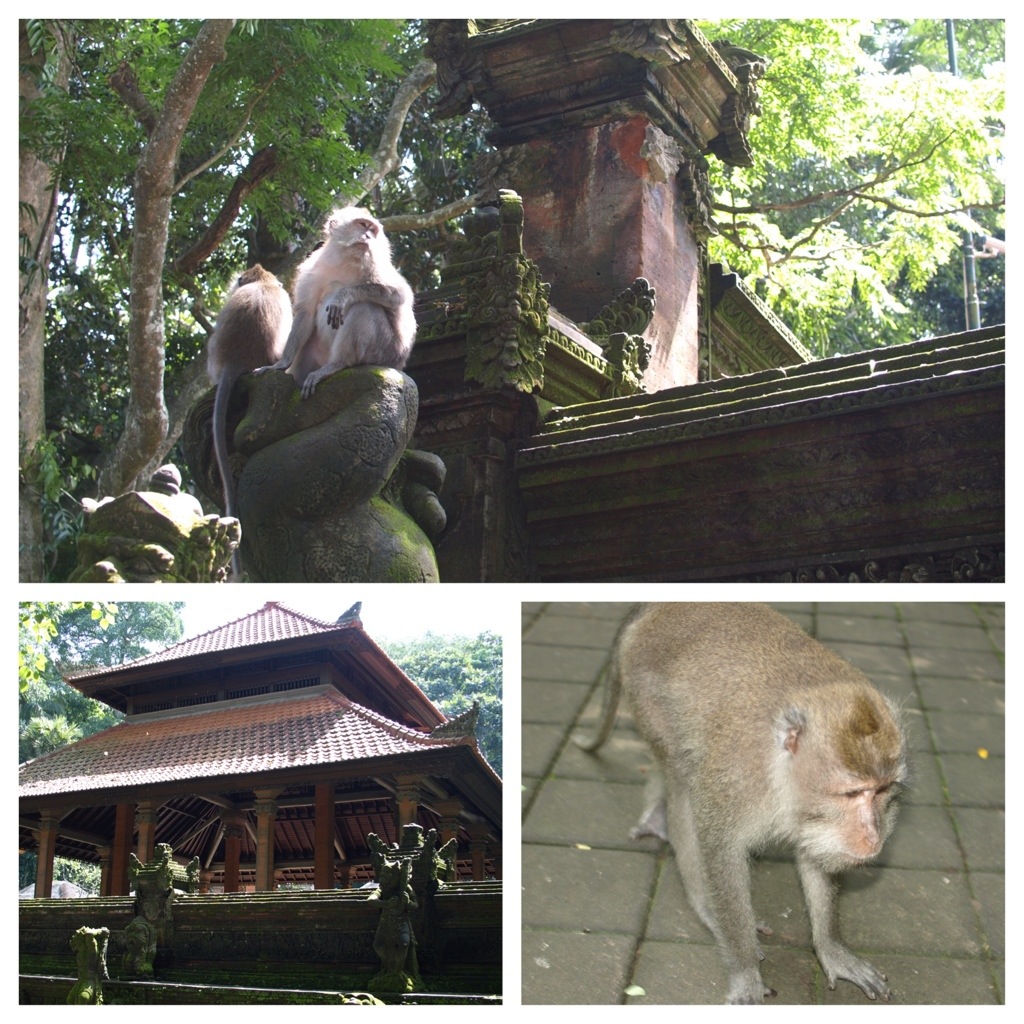
Next we toured the art museum of Antonio Blanco. The grounds of the museum were as good as the art itself.
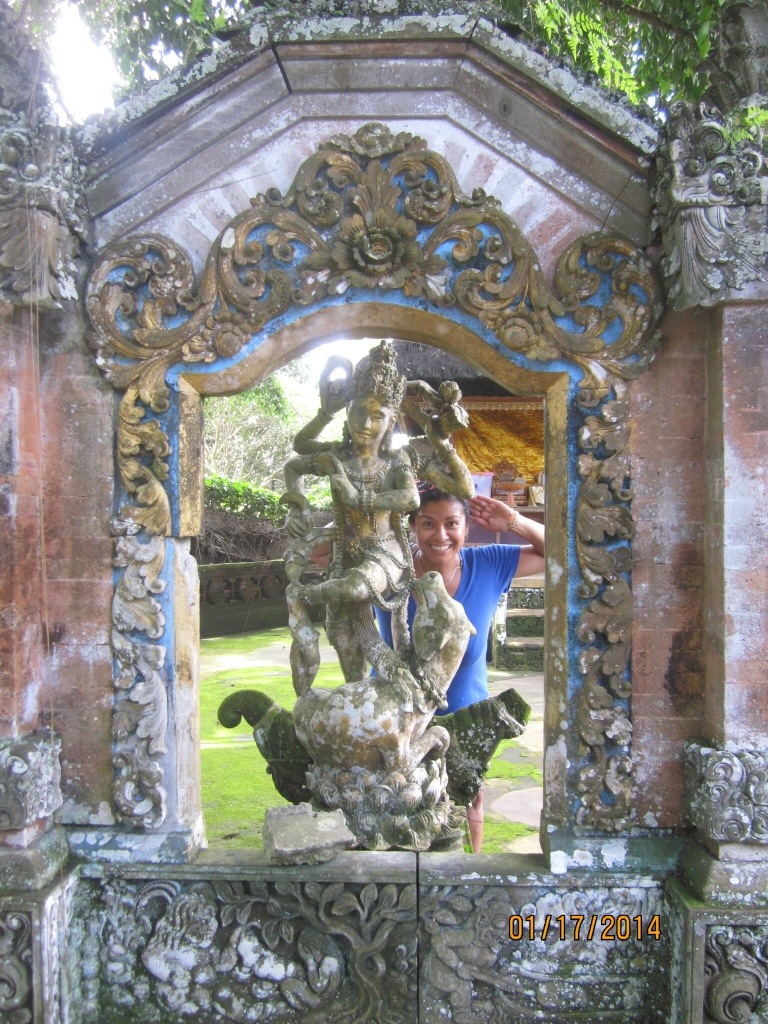
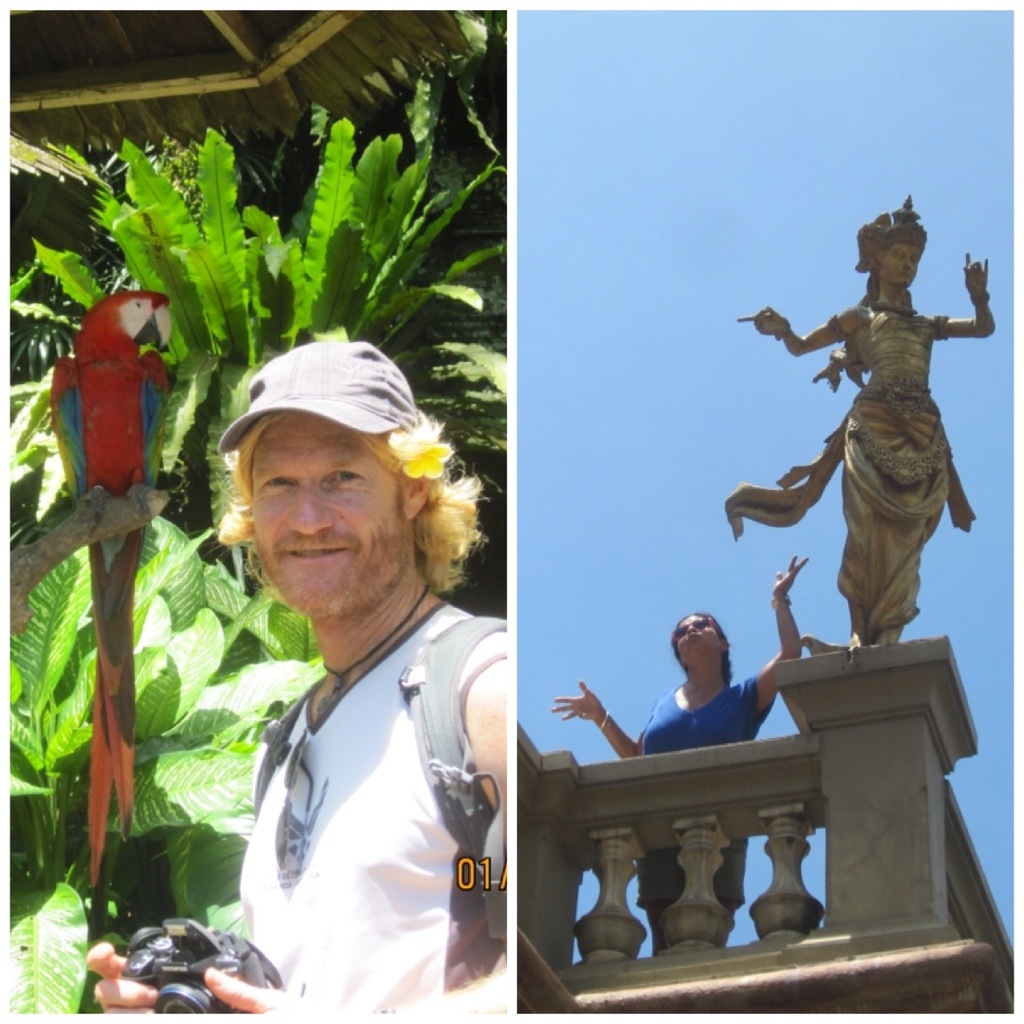
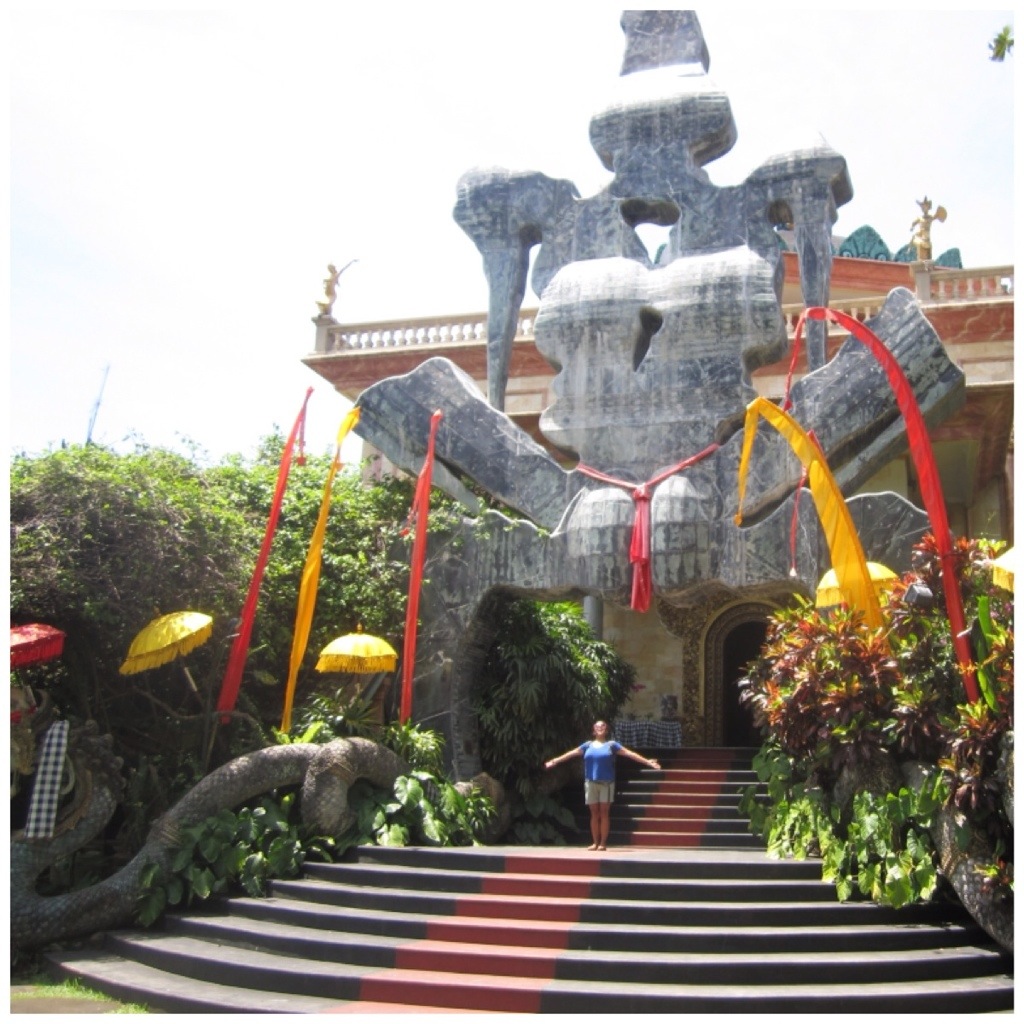
The scooter ride to the Holy Springs was quite an adventure. While on the streets within the town, we felt like a bee moving through the hive. Other scooters buzzed us on all sides…sometimes coming within inches. It was exciting indeed. Once we’d cleared the busier city streets and motored to the edges, we were amazed to see shop after shop of eye-catching artwork. Furniture makers, sculptors, painters, glassworkers, wood carvers and more…all displaying their incredibly beautiful works at roadside. What a dream place this would be for a buyer from Gardenridge.
Once at the Holy Springs we participated in a cleansing ritual. This involved wearing a sarong and bathing in each of the spring-sourced fountains- bathing meant three splashes to the body, three dunks over the head, and three swallows of the water. Then repeat that ritual at each of the dozen water shoots feeding into multiple bathing pools. Jessica did it all, except for swallowing the water. She kinda pretended to drink it. Perhaps a wise move since we’d already laid eyes on the larger spring-fed pool from which this water flowed. It had plenty of algae growing in it and quite a few fish. I drank my three swallows from the first shoot, but then thought better of it and faked the rest.
We could have visited the Holy Springs and never taken a dip; plenty of people were there simply observing. But that’s not how we roll. Getting ourselves immersed in the culture was far more fun. Plus, who doesn’t need a little cleansing from time to time?
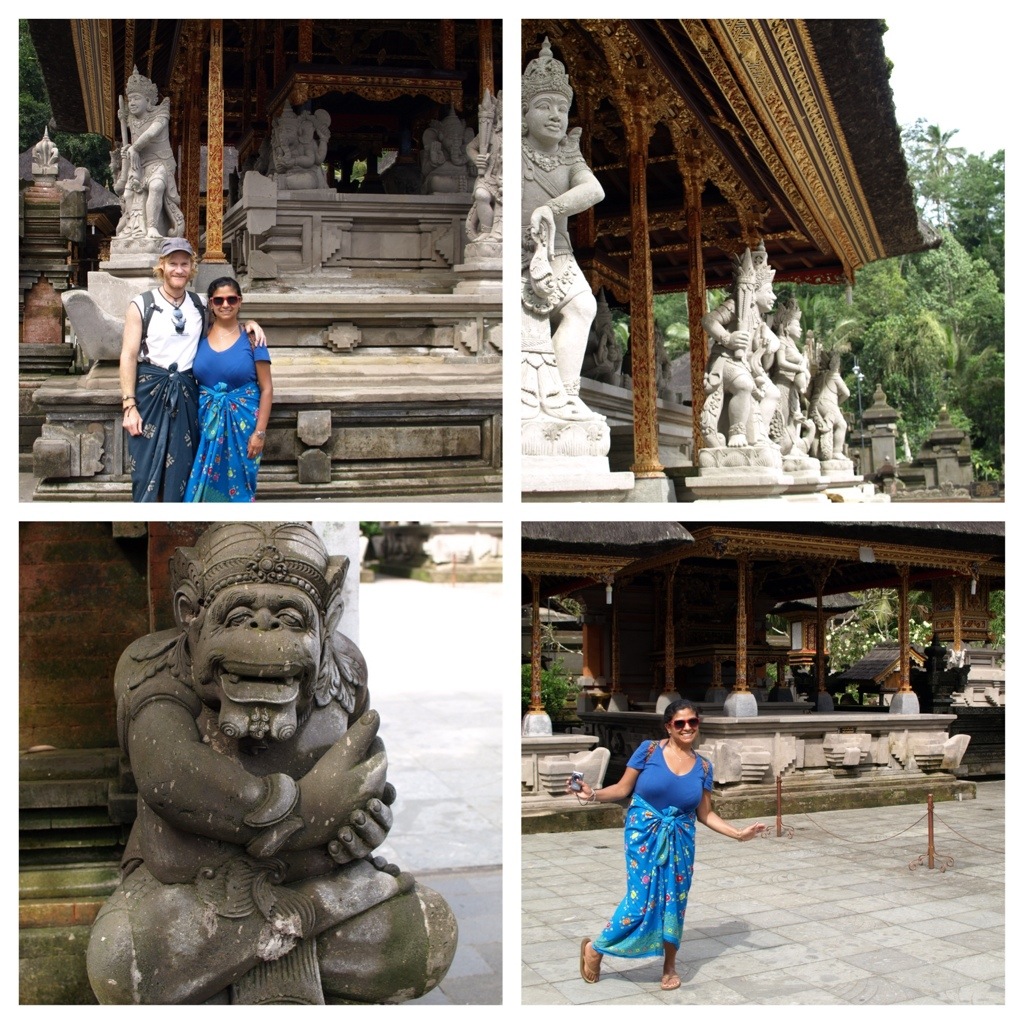
A Hellish Turn at the Holy Springs
One more tidbit related to our visit to the Holy Springs, mentioned only because it is somewhat emblematic of one of the least pleasurable aspects of Indonesia- the shopping. Due to the nature of our trip, Jessica and I are not able to buy pretty things; we simply cannot carry more items in our already stuffed packs. However, we do sometimes enjoy “window shopping” to see the kinds of interesting things for sale in whichever country we’re in. What we found frequently in Indonesia were shop owners that had taken the concept of friendly to an uncomfortable extreme. Meaning, they would occasionally cross the line and become pushy and desperate for a sale. That had the immediate effect of turning us off like a switch.
When we exited the Holy Springs we entered an area with a row of souvenir shops. All too soon we were barked at so aggressively by the sellers we just wanted to run screaming from the area. Not even this did they make easy, the row of shops we’d entered turned left and right without ending until we were sure to be caught in a hellish labyrinth. Finally, we saw an escape route to the parking lot and ran for our lives. Ugh! Don’t they know they’d sell 10 times as much merchandise if they didn’t scare people off?
Thankfully, this style of salesmanship was not everywhere. We did enter shops in other areas of Bali and enjoyed the experience very much.
Also in Ubud…
We went to a classic Balinese dance. The performers knocked our socks off! The whole thing was simply mesmerizing. We’d never seen anything like it. So precise were their movements; even the dance of the eyes. We were thoroughly impressed.
Shipwreck Diving in Amed
Amed is a part of Bali located along the upper portion of the eastern coast. I’m really not sure if Amed is a city or just the name for that region. It’s not like we saw any big signs that said, Welcome to Amed. Neither city, nor town, nor even village would be a fitting label, anyway…at least not for what we found. There was basically one asphalt road that curved in unison with the coastline and that was it. Small hotels, restaurants, mini-stores and dive shops fit in uncrowded clusters along either side of the street for a couple-mile stretch. Nothing too fancy, mind you…no name brand hotels or restaurants were seen. We saw only sweet little family-run operations that were generally well-done, comfortable and very cheap. Amed has so far been untouched by commercialism and greed. Hallelujah!
Most people come to Amed specifically for the outstanding diving and snorkeling. In fact, many of the hotels and guesthouses are physically connected to dive shops and operate together as one business. This was true with regard to where Jessica and I stayed.
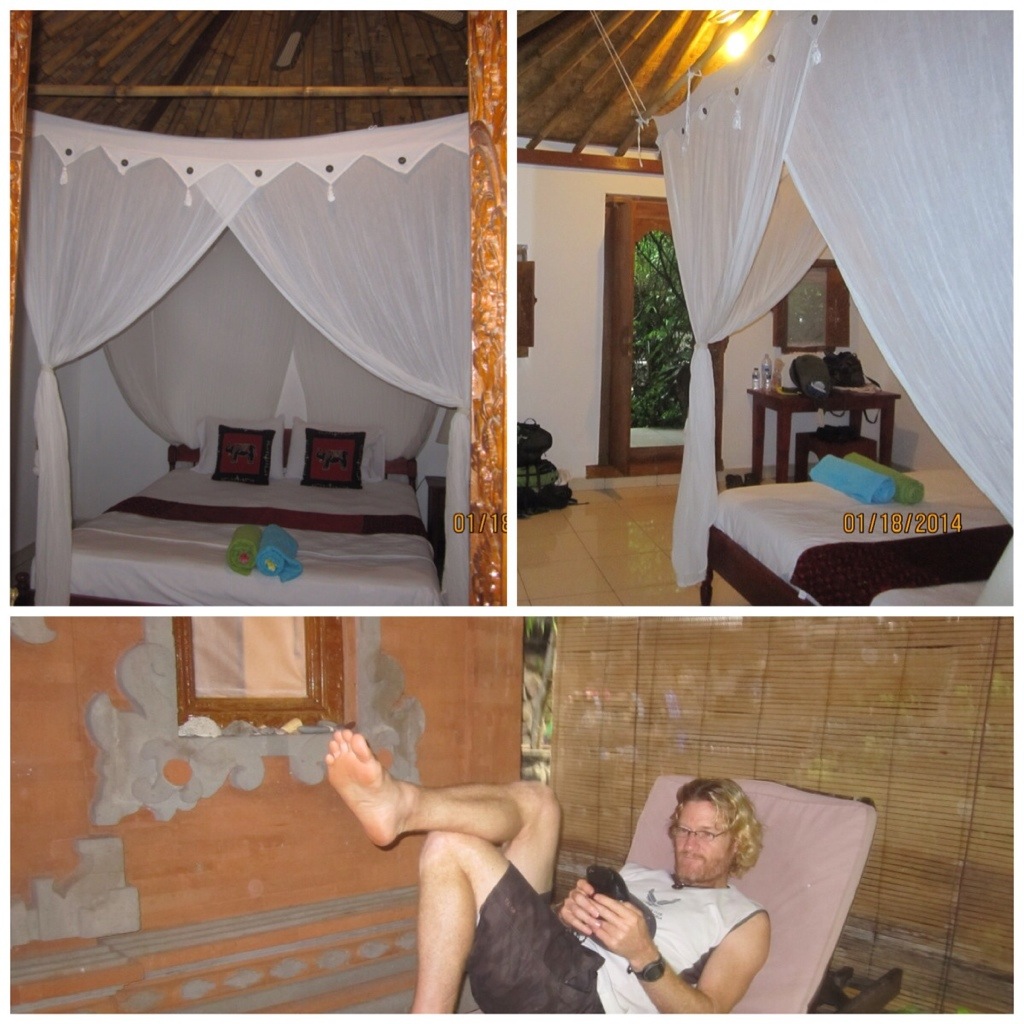
Just down the walk from our bungalow was the staging area for fitting divers with their equipment. On the morning of our dives, we gathered there (along with 5 other divers) before loading into a van and heading down to the dive site- the USAT Liberty shipwreck. Ketut was the name of the guide assigned to just Jessica and me by the dive master. (So much different than the group of 10 or so we were a part of when doing our Great Barrier Reef dives.) Ketut was a supercool Indonesian dude around 25 years old. He spoke very good English and smiled easily, showing a great set of white teeth every time.
The USAT Liberty was a military transport ship torpedoed by the Japanese in World War II while carrying rail ties and rubber from Australia to the Philippines. It was damaged heavily in the strike and took on water, but somehow managed to stay afloat. Tow ships pulled it to the beach in Tulamben, Bali where its cargo was salvaged. (Tulamben is one click north of Amed.) Abandoned, the ship remained beached at the water’s edge for 21 years….until tremors associated with the 1963 volcanic eruption of Mount Agung jiggled it into slightly deeper waters just offshore where it finally sank completely once and for all. Another fifty years has passed now and marine life has taken firm control of the ship.
Today it’s become a popular dive site. In fact, VERY popular, we were told. They say that during the high-season you can barely find a vacant spot on the beach to put down your things. Thankfully, while we were there it was not so crowded.
Diving at the USAT Liberty was so easy because we simply had to walk into the water from the beach and there it was. Such a contrast from the Great Barrier Reef; there we boarded a boat and trotted out to sea for 90 minutes before reaching the dive site. Ketut and others from our dive team helped Jessica and I get ready with our oxygen tanks, masks and fins. Then we locked arms and marched into the water. From the moment we lowered our masked faces into the water we saw fish- just little ones but they radiated blue color. Oh yeah, this was gonna be good!
The water was clear like a swimming pool. Ketut led us around the outside of the sunken ship, pointing out various marine life as we swam along easily. Here we are posing with the deadly scorpion fish in the foreground. I kept wanting to call it a rock fish, (for obvious reasons, right?).

Fish are so amazingly varied in their color-schemes. Wish I could upload all the pics, but….this will have to do.
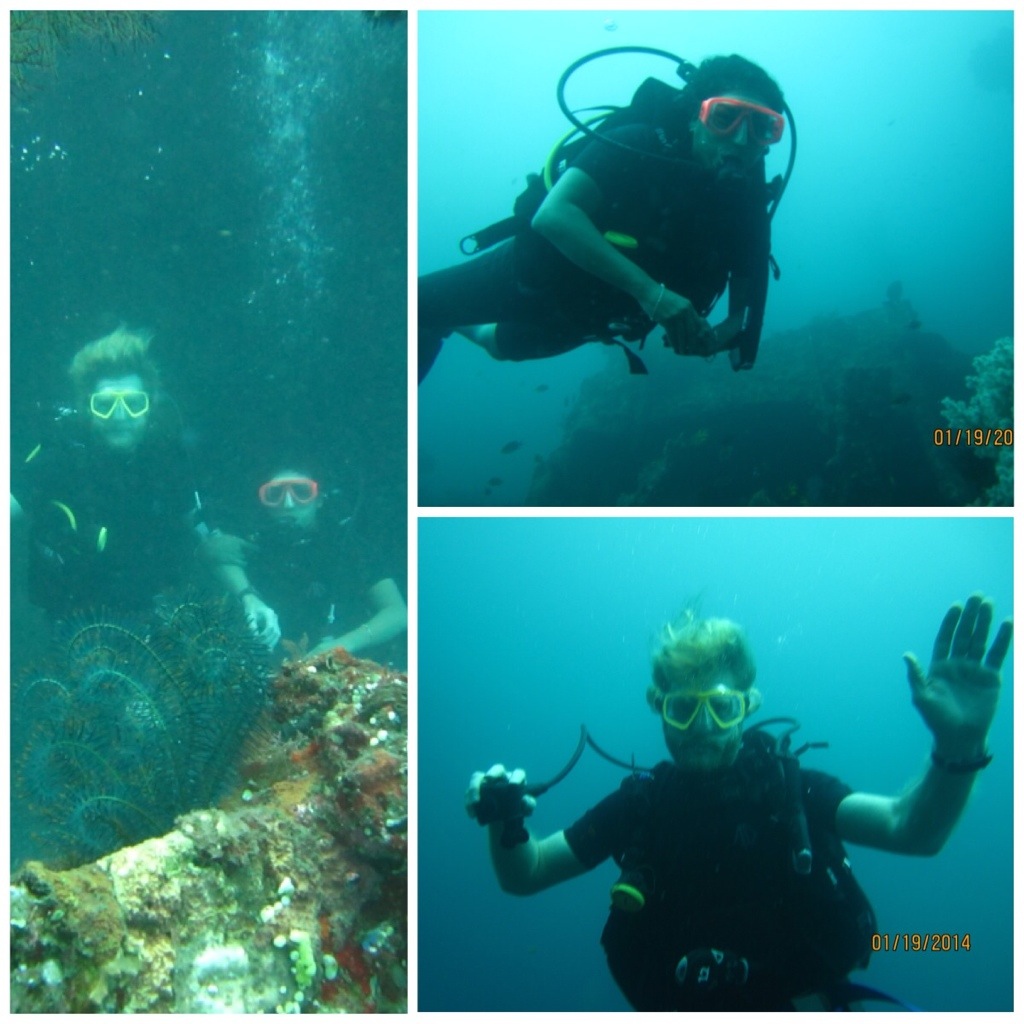
We saw a couple of turtles. One of them is in the collage above. Sorry for the blurry pic. It’s really hard to hold the camera still in the water. Plus, whenever I see something cool, I want to rush and take the picture before it swims away. With turtles, however, (at least these turtles) that’s simply not an issue…they make no effort to swim away. I’m no marine biologists, but I think this is a loggerhead turtle just like the one we saw lay eggs in Australia.
We completed two brilliant dives that day. Best diving EVER!
From the island of Bali, we ventured westward to the island of Java. Our adventures there will be posted soon. Stay with us!

